|
Ash-throated Flycatcher, Tucson Mountain Park, March 29, 2022. Canon R6, RF 800mm f/11, 1/2000 sec., ISO 1250. We visited Tucson Mountain Park on January 6th, and I posted to this blog on the 21st. January has now given way to late March and the coming of spring to the Sonoran desert. For reference, below is a map of Tucson Mountain Park, a Pima County Park of ~20,000 acres to the west of Gates Pass. The park property includes Old Tucson (currently closed because of covid) and the Arizona-Sonoran Desert Museum. On January 6th we went birding with Jeff Babson as part of a Pima County program at the Ironwood Picnic area, shown by the three orange squares (representing the locations of photographs) at the bottom of the map. On Tuesday March 29th we returned for another tour with Jeff, this time in the Juan Santa Cruz Picnic area, at the top left of the map, right next to the Arizona-Sonora Desert Museum. Both maps from Adobe Lightroom Classic CC. For the photo geeks: If your camera has a GPS chip (geolocator) you can stamp each image with the location, as well as the date and time. LR Classic CC has a mapping function that takes this information and maps where you took each photo. Note that the Canon R6 does not have a GPS chip (nor does the R5) but I have added a Canon accessory that fits on the hot shoe and does the same thing. The map below is an enlargement of the Juan Santa Cruz area, showing more the detail of our route on the 29th. The photograph below was captured by my wife, DJ, as we were driving into the park, coming down from Gates Pass. We see a forest of Saguaro cactus on acres of rolling desert, surrounded by mountains. We are fortunate that this is a county park. I captured the image below as we started our walk. The forecast was for rain all day long, with thunder storms. However, we got lucky and stayed dry while central Tucson got drenched! Our first sighting of the morning was a Turkey Vulture, recently returned from wintering in Mexico, looking for something dead, but not too rotten, for breakfast. Canon R6, RF 800mm f/11, 1/500 sec., ISO 1600. Next, our first big songbird sighting for the day was a . . . Ash-throated FlycatcherCanon R6, RF 800mm f/11, 1/2000 sec., ISO 1600. Ash-throated Flycatchers are songbirds (Order: Passeriformes) in the family Tyrannidae, also knows as Tyrant Flycatchers. All About Birds lists 32 species in the U.S. For their list and photographs click here: All About Birds: Tyrant Flycatchers. For more on the challenges of identifying members of this family, see Kenn Kaufman's book Field Guide to Advanced Birding, chapters 25 and 26, or for a short introduction, this web page Arizona-Sonora Desert Museum, Tyrant Flycatchers. Ash-throated Flycatchers winter in coastal Mexico and Central America, breeding north into western Texas, SE Arizona, New Mexico, Colorado, Nevada and California. Year round populations live in Mexico and western Arizona. See the range map below from the Cornell website, All About Birds. This bird has likely arrived recently from Mexico either heading north, or here for breeding. They are desert dwellers, liking dry scrub and open woodlands from sea level up to about 9,000 feet. They will live near oak, juniper, pinyon pine, Joshua tree, yucca, palo verde, mesquite, acacia and ironwood. They nest in existing cavities in standing dead trees, or those created in prior seasons by woodpeckers. (Ref: All About Birds). Ash-throated Flycatchers eat spiders and insects of a wide range, including wasps and bees. They can also eat small fruits from cardon, saguaro and mistletoe. On the 29th we spotted this bird at some distance, moving very fast in the understory and foraging on the ground for insects. Ash-throated Flycatchers will also perch out in the open to find and catch insects on the fly. Canon R6, RF 800mm f/11, 1/2000 sec., ISO 1250. Ash-throated Flycatchers are slender with a long tail, a peaked crown, and an ashy gray face with a whitish throat. Canon R6, RF 800mm f/11, 1/2000 sec., ISO 5000. The 2 images below are not the sharpest, but show typical markings on the wings and tail. The primary feathers have cinnamon edges and the tail shows a cinnamon stripe that does not reach the tip of the tail. Males and females look similar. Canon R6, RF 800mm f/11, 1/2000 sec., ISO 2000. Canon R6, RF 800mm f/11, 1/2000 sec., ISO 8000. Black-throated SparrowCanon R6, RF 800mm f/11, 1/2000 sec., ISO 1000. Black-throated Sparrows are desert dwellers living year round in SE Arizona, as well as portions of California, Texas and much of Mexico. They prefer semiopen areas with evenly spaced shrubs and trees. They breed to our north into Nevada and Utah, nesting in shrubs often on the north or east side to maximize morning sun and afternoon shade. They eat insects and seeds. Like the flycatcher, this sparrow was busy foraging for food in the low understory. Canon R6, RF 800mm f/11, 1/2000 sec., ISO 4000. Cactus Wren: Spring NestingCanon R6, RF 800mm f/11, 1/2000 sec., ISO 2500. Cactus Wrens are ubiquitous throughout the deserts of SE Arizona, and on this day we were surrounded by them on our walk along the road. It is March, and definitely nesting time. In the image below, we see two birds, possibly a breeding pain near one of the nests. Males and females look alike. Canon R6, RF 800mm f/11, 1/1000 sec., ISO 2500. The female selects the nest site and begins building, with the male joining her to help out. The nests are built of coarse grass and plant fibers and lined with feathers. They have tunnel shaped entrances with very small openings to discourage predators. The nest below is between two Saguaro arms. (Ref: All About Birds). Canon R6, RF 800mm f/11, 1/500 sec., ISO 400. We spotted this second nest, below, within a Cholla. In the second frame, one of the birds appears to be working on nest construction. In the third frame the bird's face is just barely apparent looking out at the camera. Canon R6, RF 800mm f/11, 1/2000 sec., ISO 3200. Canon R6, RF 800mm f/11, 1/2000 sec., ISO 2500. Canon R6, RF 800mm f/11, 1/2000 sec., ISO 3200. Ravens: 2 Species in the Same Neighborhood . . .On April 4th we returned to the Arizona-Sonora Desert Museum for their raptor free flight demonstration, which led off with 2 Chihuahuan Ravens. I could not resist taking some of those images and adding them to the Common Raven we saw on March 29th. Common RavenCanon R6, RF 800mm f/11, 1/2000 sec., ISO 6400. Common Ravens are, believe it or not, songbirds, in the order Passeriformes, family Corvidae. There are 16 species in this family in North America, including Ravens, Crows, Jays and Magpies. They are well known for their advanced problem solving skills and the ability to use tools to get at food. Other members of this family we see in SE Arizona include Steller's Jays, Mexican Jays, and seen here, the ravens. For more on taxonomy see All About birds, Browse by Taxonomy. Common Ravens live year round throughout Alaska, most of Canada and the western U.S., down into Mexico and portions of Central America. They will eat almost anything, including carrion. Their menu preferences provided by the Cornell website is too good to pass up. "Common Ravens will eat almost anything they can get hold of. They eat carrion; small animals from the size of mice and baby tortoises up to adult Rock Pigeons and nestling Great Blue Herons; eggs; grasshoppers, beetles, scorpions, and other arthropods; fish; wolf and sled-dog dung; grains, buds, and berries; pet food; and many types of human food including unattended picnic items and garbage." Common Ravens live in nearly any habitat. They do well around human populations, including farms and rural settlements. In more urban areas they may be replaced by American Crows. (Note that crows live nationwide in the U.S., but north of SE Arizona. ) They nest on cliffs, trees, power line towers, telephone poles, billboards, and bridges. Canon R6, RF 800mm f/11, 1/2000 sec., ISO 6400. This Common Raven was spotted on a snag not far from the road, and between us and the desert museum. They are large birds, described as massive on the Cornell website, with a thick neck, shaggy throat feathers, and a sharp beak. Chihuahuan Raven: Raptor Free Flight April 4, 2022Canon R6, RF 100-500 at 100mm, 1/4000 sec., f/7.1, ISO 500. The Arizona-Sonora Desert Museum has 2 Chihuahuan Ravens in residence, both birds rescued and unable to be return to the wild. Chihuahuan Ravens are smaller than Common Ravens, with longer nasal bristles and white bases to the body feathers. These characteristics may be difficult to distinguish in the field, unless both species are side by side. Chihuahuan Ravens live in the southern central U.S. and Mexico, including Texas, New Mexico and portions of Arizona. They prefer hot, dry, open country with grasslands, generally away from urban populations. So, most of the ravens we see in and around Tucson are Common Ravens, with the Chihuahuan population more commonly seen out on the desert. In the image above, one of the ravens lands on a handler's glove, looking for some food. Below, the bird in profile. This bird has a radio tracking device in case he strays too far away, evident as the fine black line coming off of his back. Canon R6, RF 100-500 at 254mm, 1/4000 sec, f/7.1, ISO 1600. Canon R6, RF 100-500 at 100mm, 1/4000 sec, f/7.1, ISO 1250. In the images above and below we can see the primary and secondary feathers of the wings, the shape of the tail, and the length of the bill as the bird lands on the handler's glove. Canon R6, RF 100-500 at 254mm, 1/4000 sec, f/7.1, ISO 1250. Canon R6, RF 100-500 at 254mm, 1/4000 sec, f/7.1, ISO 1250. That's it for Tucson Mountain Park! More coming soon.
Happy Trails!
0 Comments
Hooded Merganser taking off, Agua Caliente Park, December 28, 2021 It is winter in SE Arizona. The days are shorter, the sun lower in the sky. Our summer avian residents have departed for warmer and buggier regions to our south, but our year round birds are still here, along with migrating flocks from the north. We will see ducks on the ponds and tens of thousands of Sandhill Cranes at White Water Draw, southeast of Tombstone. Let's start our winter birding at Tucson Mountain Park, just west of Tucson and very close to the Arizona-Sonora Desert Museum. Next we will travel east through Tucson to the foot of the Rincon Mountains at Agua Caliente Park. Tucson Mountain Park: January 6, 2022Pima County Natural Resources Parks and Recreation runs many programs including outdoor nature walks, many centered around birds. On the 6th we joined Jeff Babson at Tucson Mountain Park, map below. Tucson Mountain Park was established in April 1929. At 20,000 acres, the park is one of the largest natural resource areas owned and managed by a local government in the U.S. The park territory includes Old Tucson (toward the center of the map above and temporarily closed), and the Arizona-Sonora Desert Museum (seen in the upper left corner of the map). We met up with Jeff and our birding group on Hal Gras Road, at the first ramada, seen in the lower middle of the map, and walked down the road, map detail shown below. Note that both maps come from Lightroom Classic CC. I have geolocation tags on all the photographs taken on the 6th. The map below shows the number of shots by location in the colored call-out squares. This whole region is spectacular. It was a beautiful morning, with the winter sun rising to the southeast. Curve-billed ThrasherMany of the birds we spotted were far, far away, out of camera range, but a few were up close against the rising sun. Here we see a Curve-billed Thrasher sitting in a cholla. In the image below he is taking off with a leap. Curve-billed Thrashers are about the size of a Robin, and reminiscent of a Mocking Bird, but a bit bulkier, with a decurved (curved down) bill. They are year round residents of most of Mexico and southern Arizona, New Mexico, and Texas. Their strong legs and long decurved bill provide good tools for hunting insects in the desert terrain. As we see here, they are right at home in a cholla cactus. (Reference: All About Birds). They build bulky nests of twigs 3-5 feet from the ground, often in cholla cactus. For more on nesting, see my post from 2017. Canyon TowheeThe Canyon Towhee is a large sparrow with a thick bill and a long tail. They are year round residents of Mexico and portions of southern Arizona, New Mexico and SW Texas. They spend their days on the ground and in small desert shrubs eating mostly seeds as well as berries and some insects. Their preference for seeds, and ability to eat insects, provides enough dietary variety to allow them to stay in one place throughout the year. For the photo geeks: Balancing exposure on the backlit cholla was tricky. In the new version of Adobe Lightroom Classic CC I have the option of asking LR to choose the subject, which it did pretty well. I then increased the exposure of the bird without blowing out the nice highlights on the cholla needles. Cactus WrenThe Cactus Wren, like the Canyon Towhee and Curve-billed Thrasher, is a year round resident of the deserts of SE California, southern Arizona and New Mexico as well as southern Texas and the low lying deserts of Mexico including Baja California. They eat mostly spiders and insects but also fruit. They get the majority of water from the food they eat, rarely drinking standing water, a real survival advantage for desert dwellers. Agua Caliente ParkAs a segue to Agua Caliente Park, I could not resist adding the image below of a Cactus Wren captured at Agua Caliente on January 19th, just to the east of the parking lot sitting on a cholla cactus. Agua Caliente Park is on the east side of town in the Tanque Verde Valley, just east of Soldier Trail off of Roger Road. For more on the park and its colorful history see my post from 2016 Agua Caliente Park . . . Note that the county continues to offer bird walks in 2022 but the schedule varies. See the county website for times and to sign up: Pima County Natural Resources Parks and Recreation. Hooded MerganzerHooded Mergansers are small crested ducks that live throughout the U.S. and southern Canada, residing year round east of the Mississippi, and gracing our ponds during the winter. Each year we are lucky to have a few here in Tucson, and this year at least one male has been spotted at Agua Caliente. They have striking crests and markings seen in these images above and below. Hooded Mergansers dive in ponds for fish, crustaceans, amphibians, mollusks, insects and vegetation, catching their food in their thin serrated bills. They are cavity nesters, favoring tree cavities 10 to 50 feet off of the ground. The offspring leave the nest at one day, managing the fall to the ground, where mom walks them to the nearest body of water where swimming and diving begins right away. This breeding cycle favors climates with tall trees near water, consistent with their year round range east of the Mississippi, the Pacific northwest and Canada. They also nest in tree boxes, helpful in areas where tall trees have been lost. The photograph below is a female Hooded Merganser at Agua Caliente a year ago, January 26, 2021. The female has a gray/brown body with a cinnamon crest. PhainopeplaPhainopeplas are silky flycatchers and regulars at Agua Caliente. For more on these birds, checkout this post from 2016 Late Fall in Tucson, and this post on nesting in the spring: Fast Food for Phainopepla Hatchling . . The males are quite striking in the morning sun. They catch insects on the wing, favoring high perches, a real plus for birders and photographers alike. Gila WoodpeckerGila Woodpeckers are year round residents of the desert southwest, from southern Arizona south into mainland Mexico and Baja California. They eat insects, small vertebrates and berries. Above is a female looking for breakfast, below is a male sitting on top of a Saguaro. The males sport a red cap which we can see in the morning sun. Gila Woodpeckers are cavity nesters, and regulars in the Saguaros of the southwest. For more on this species in SE Arizona, see this page: Gila Woodpecker. Vermilion FlycatcherThe Vermilion Flycatcher is one of 37 species of Tyrant Flycatchers in the Family Tyrannidae, Order Passeriformes. They are regular residents of SE Arizona, with a range south into Mexico, Central and South America. They are beautiful birds, easy to spot and fun to watch as they feed. The male spends much of his time perched, looking for insects and running a route that often includes one or more perches. The male's bright color and hunting habits make him easy to photograph - although so much red in bright sun is a challenge in post-production processing. This male looks a bit fluffed up against the morning chill. Anyone with a down quilt knows that feathers are great for insulation. For more photographs of Vermilion Flycatchers, see this link Vermilion Flycatchers Mt Lemmon AZ Images. Gray FlycatcherThe Gray Flycatcher, like the Vermilion, is in the family Tyrannidae, but in a separate genus, Empidonax, also known as Empids. Members of this genus are very similar in appearance, and often difficult to distinguish one from the other. Their distinctive characteristics are generally range, habitat, and call, the latter varying by season. During winter and migration, when birds are more silent, it may be impossible to tell certain species apart. Another empid we see in SE Arizona is the Cordilleran Flycatcher, which is almost identical to the Pacific Slope Flycatcher, except for range and mating calls. For more on how to identify flycatchers, see Kenn Kaufman's definitive volume, Field Guide to Advanced Birding, Houghton Mifflin Harcourt, 2011, p 344. Gray Flycatchers are described on the Cornell site as "grayish above, whitish below, with a thin, pale eye-ring. Darker wings and tail with two grayish wingbars. The bill is mostly pinkish or yellowish below, usually with a blackish tip." The Gray Flycatcher can be distinguished by the downward flicking of the tail, in contrast to the upward flicking of their fellow empids. Gray Flycatchers eat mostly insects in the understory, hunting from a perch, taking insects from the air as well as from the ground. They may also eat small fruits during the winter months. As always, my thanks to Jeff Babson for his help in identification. Black PhoebeBlack Phoebes have sooty black bodies and crisp white bellies. Unlike the empids, this bird is not hard to identify. They live year round in the western Americas from northern California into southern South America. They eat insects and other arthropods from low perches, usually near water. They will run a route, repeatedly going from perch to perch harvesting their food. The photograph above was captured near the western pond. Photo tip: Quietly observe a Black Phoebe for a while, and you will likely see it move from perch to perch repeatedly. Set up in a location with a good view of one or more perches, and routes, maximizing the light and background. Set your shutter speed on the high side, above 1/1000 sec, and wait to catch this fun bird on his rounds. You will likely be close to a stream and may need bug repellant. The two images below were captured at White Water Draw in December of 2019. In the second image the bird is taking off, likely spotting an insect and hanging on tight until his wings get a bite of the air to then spring forward toward the prey. That's all for now. Stay tuned, more winter birding coming soon. It is a great time to be out and enjoy the desert! Happy Trails! |
AuthorHenry Johnson, photographer and author of this site. For more detail, see About
Categories
All
Archives
July 2024
|
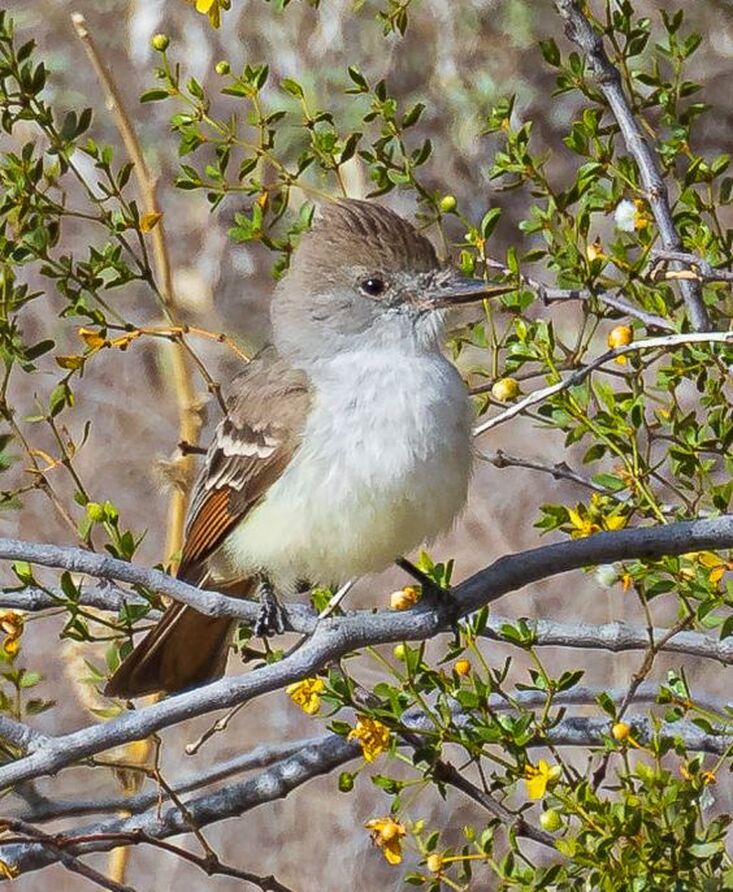
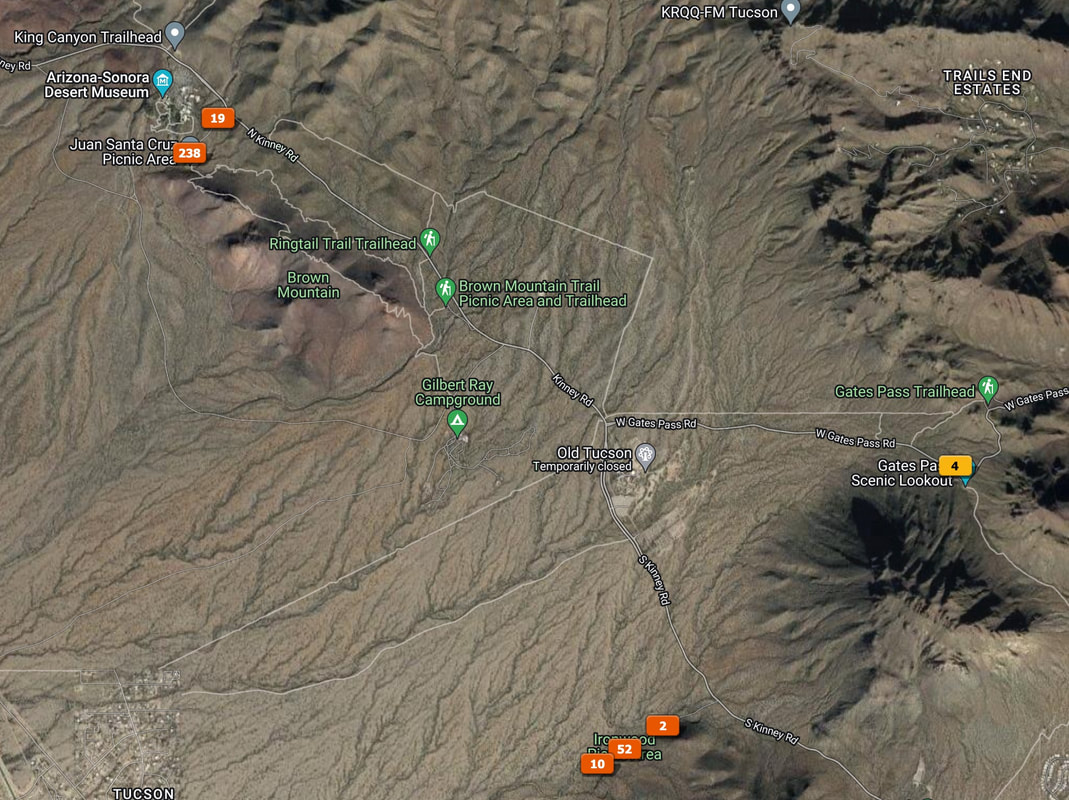
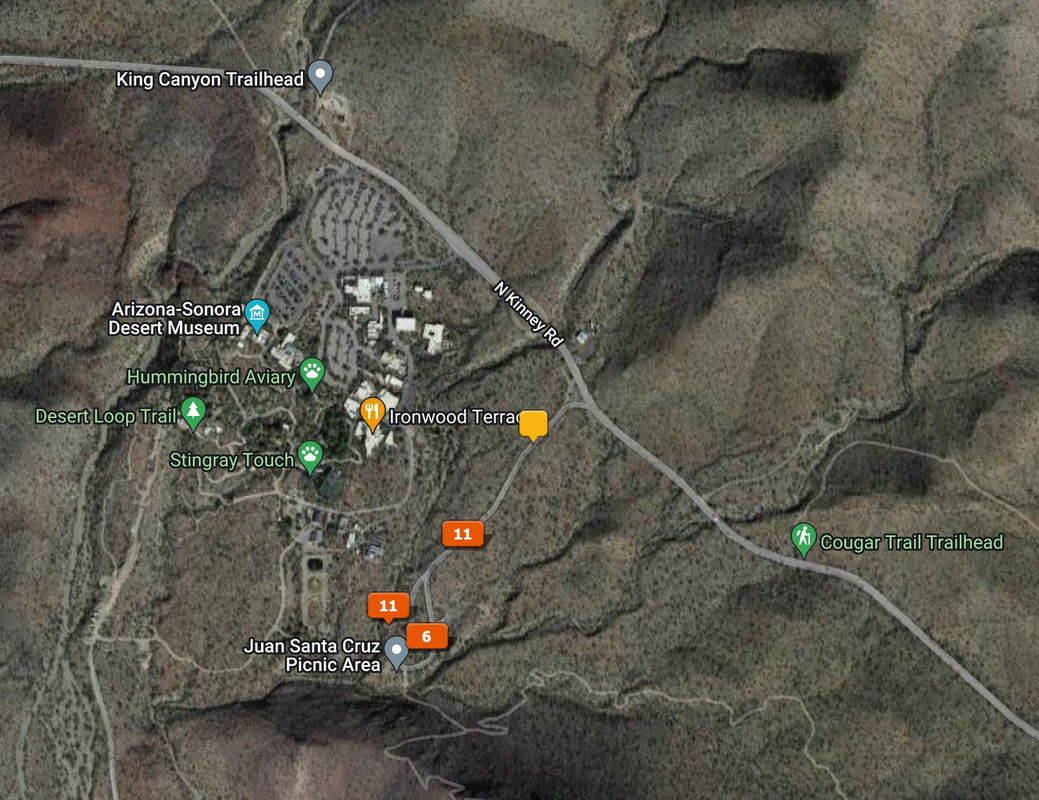
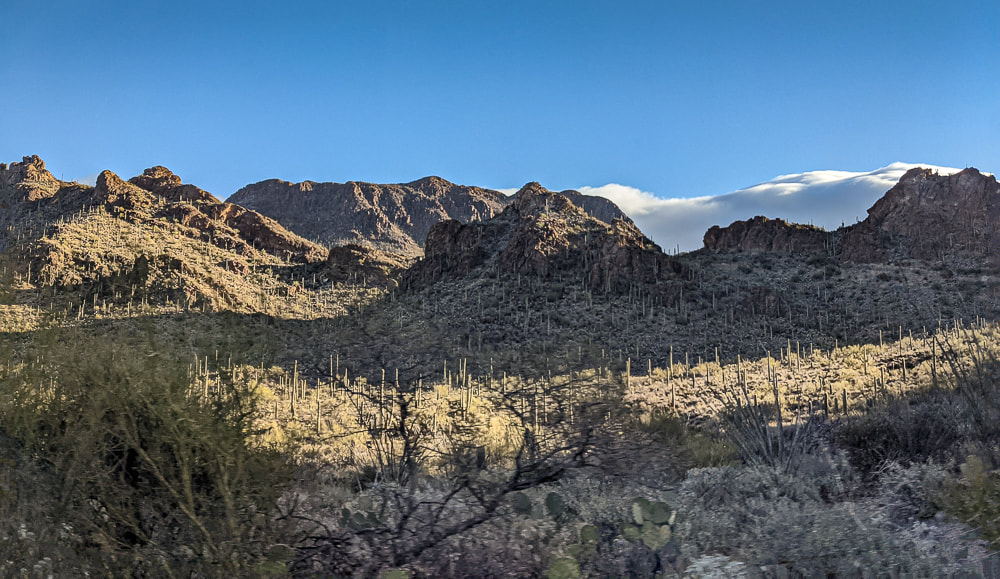
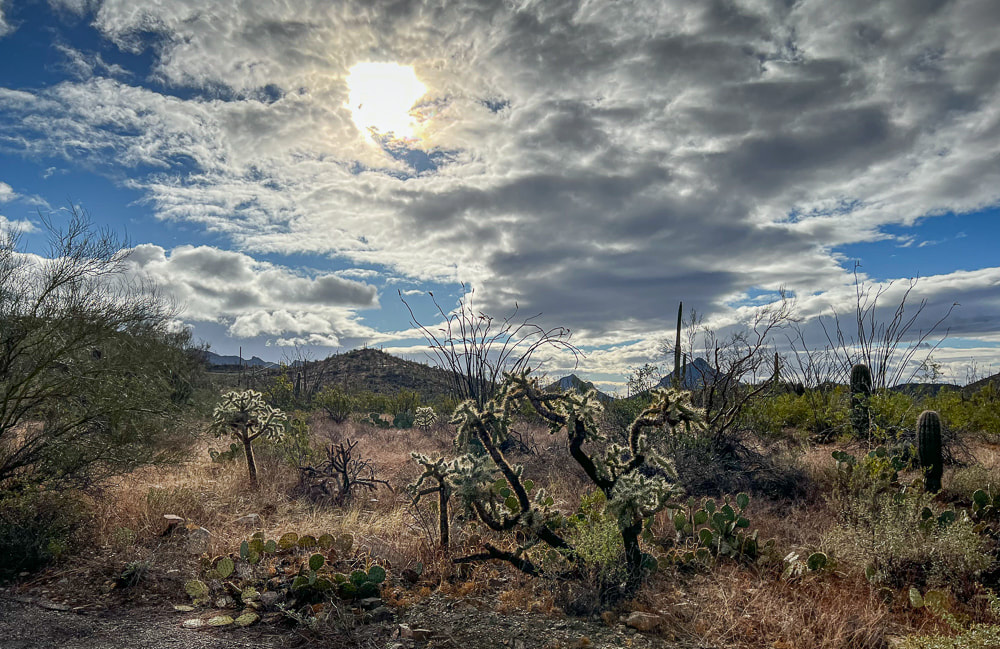
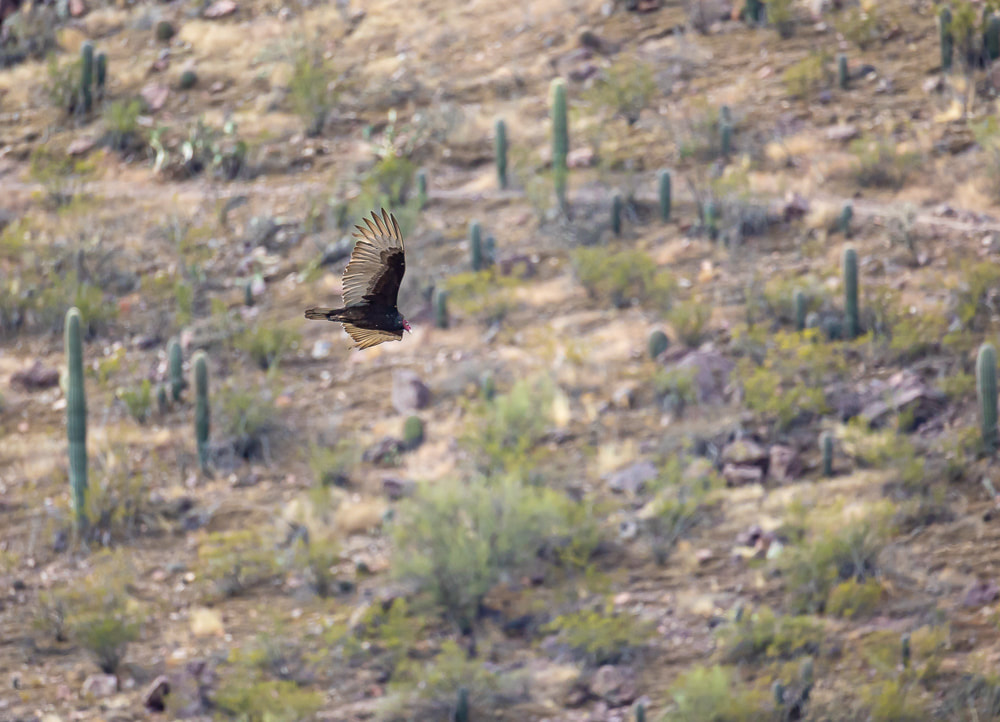
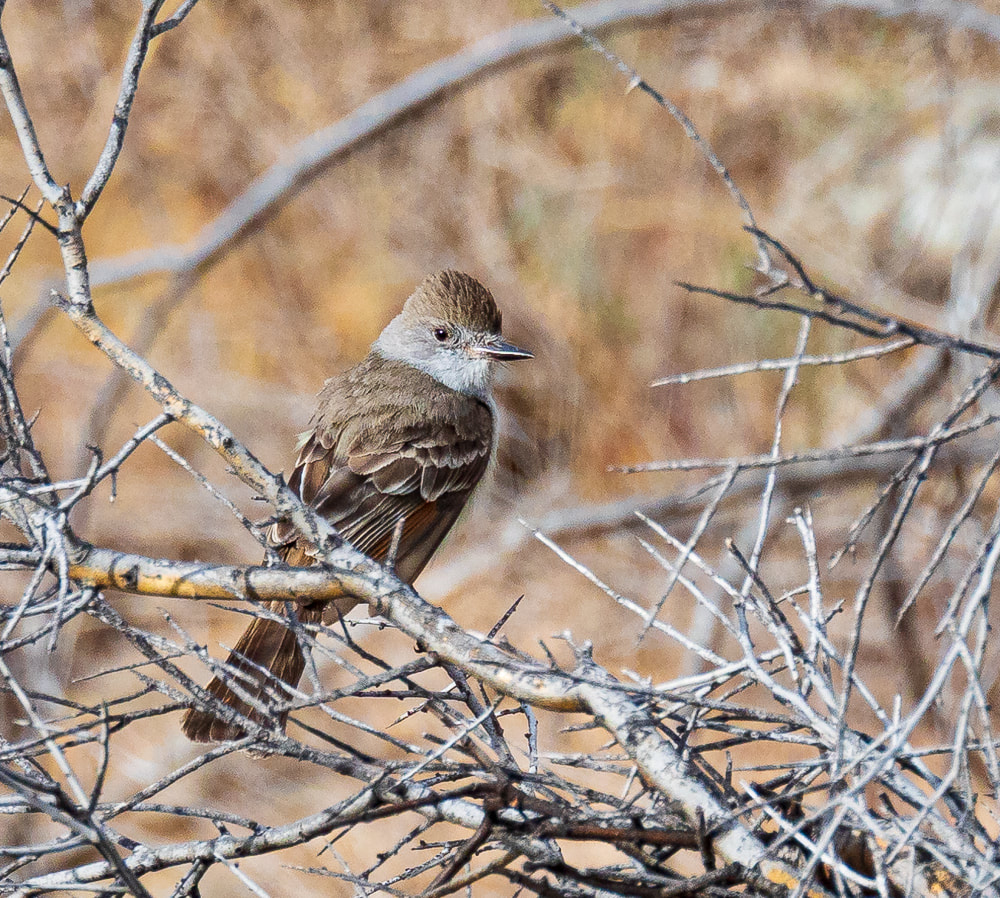
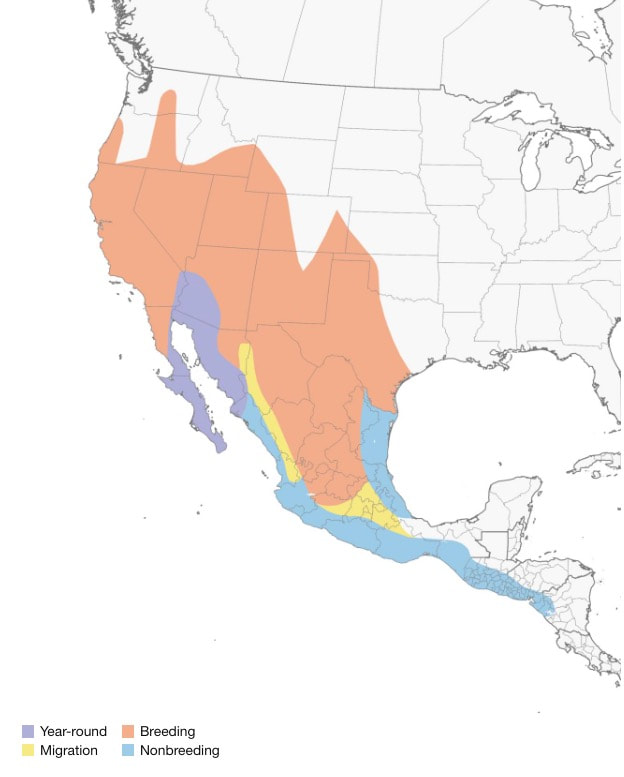
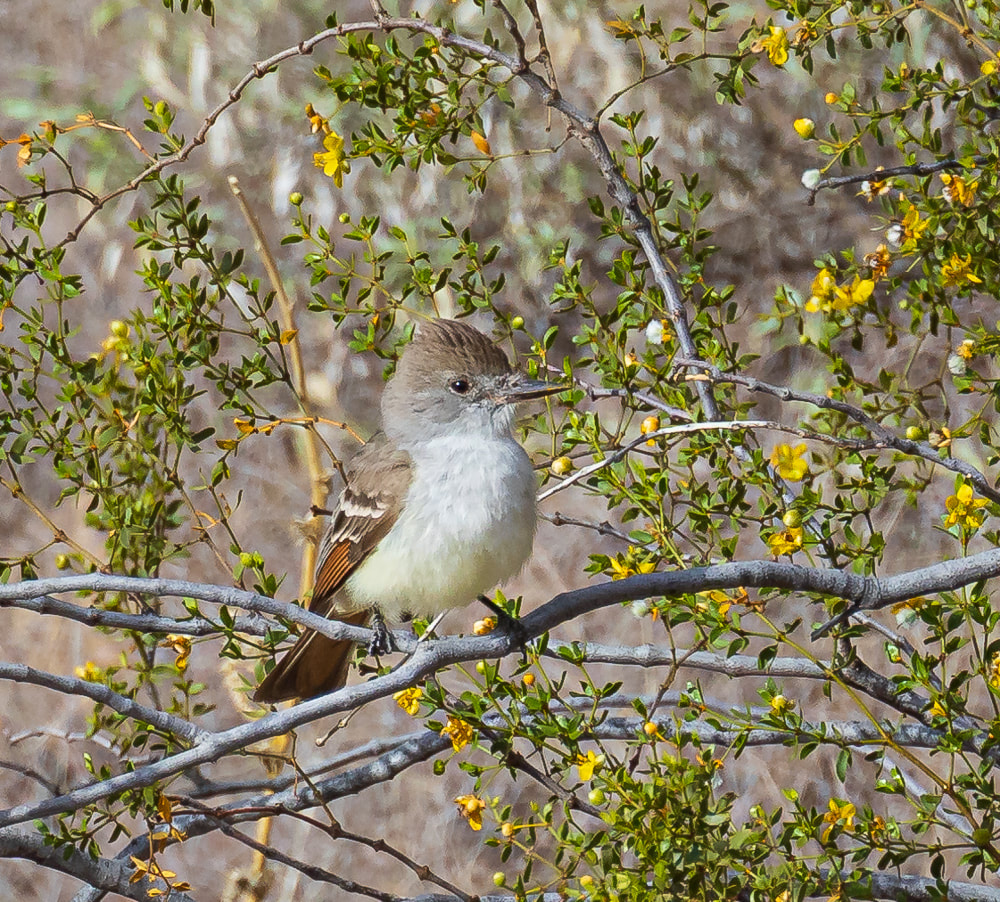
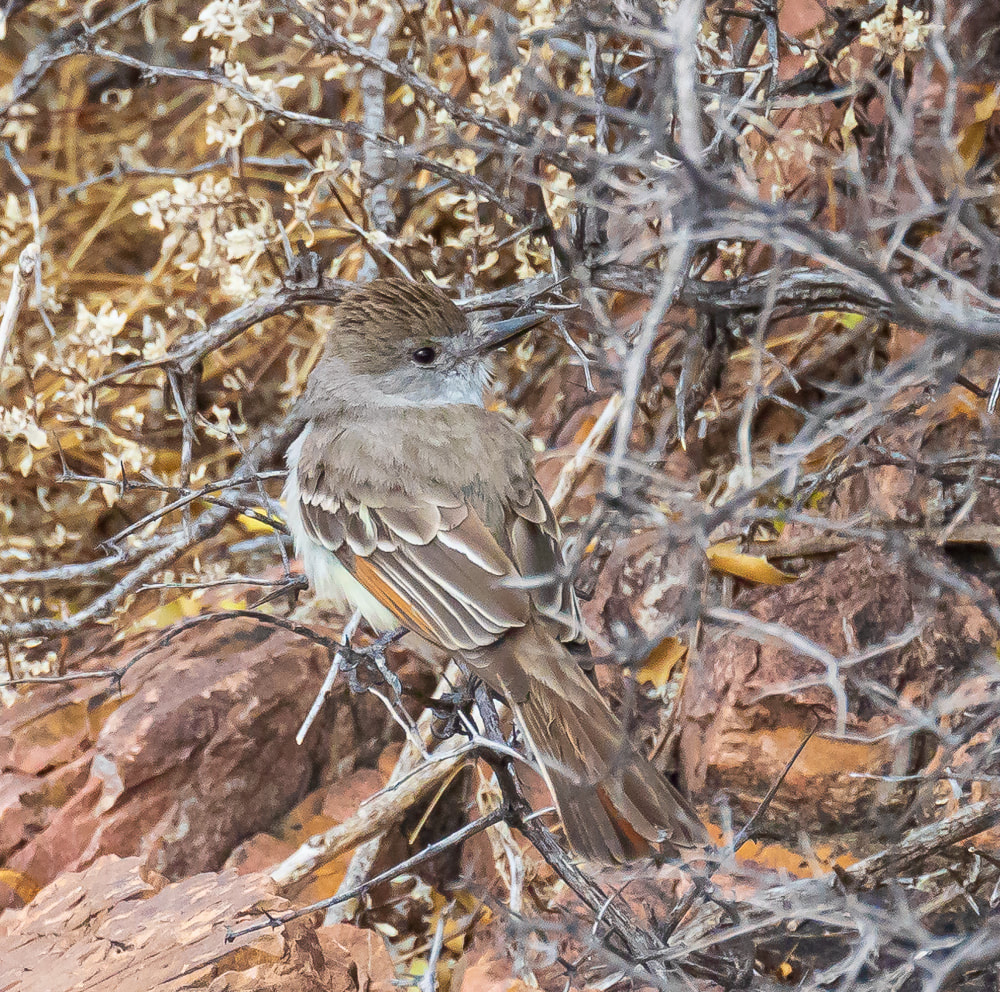
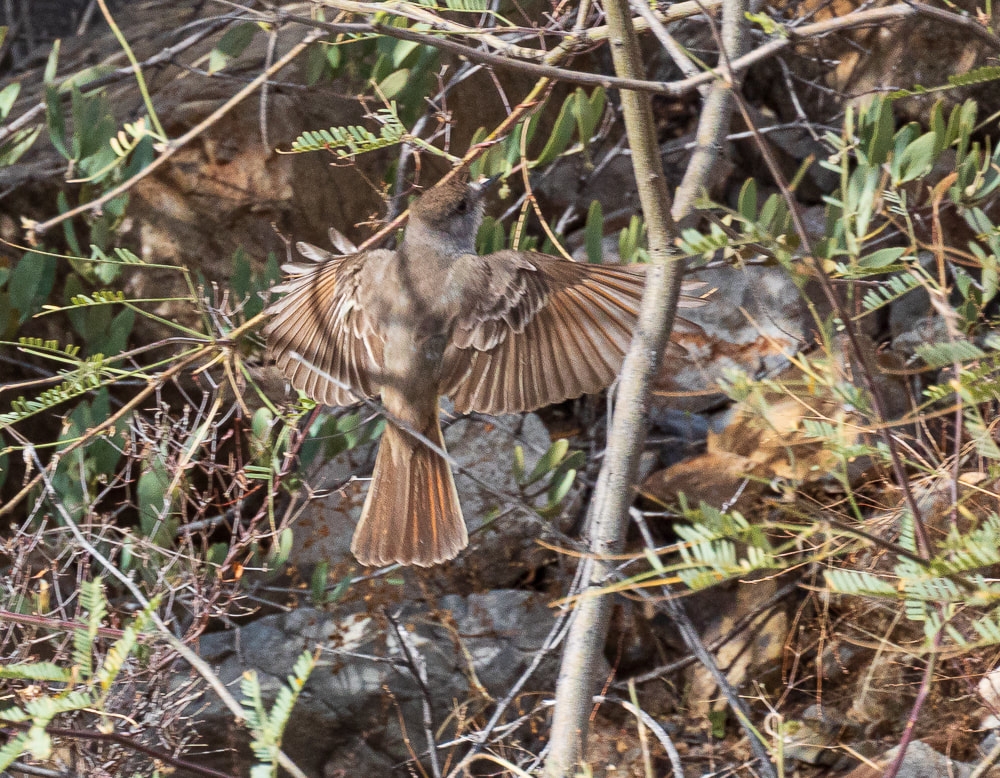
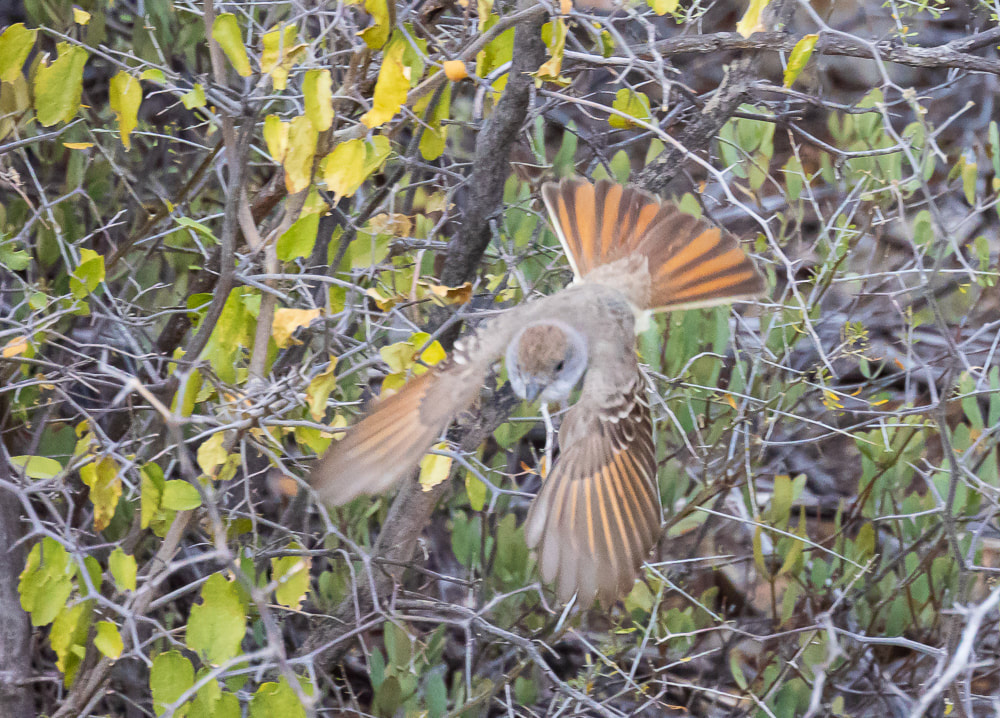
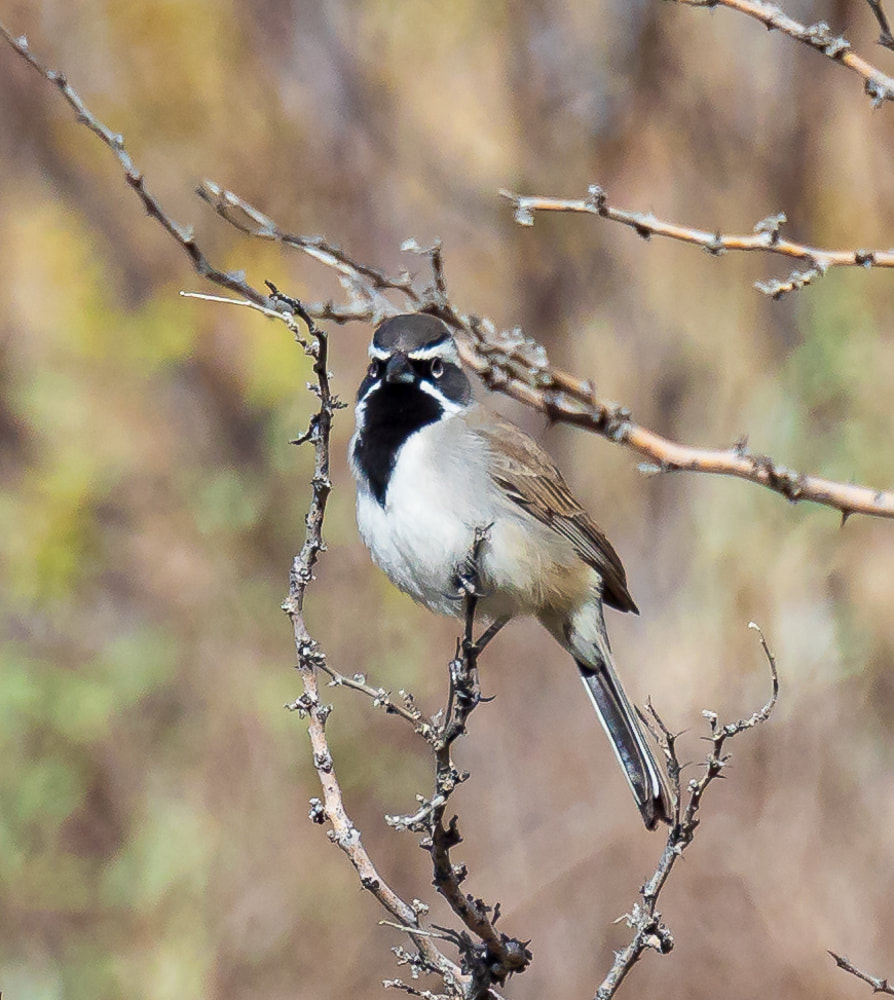
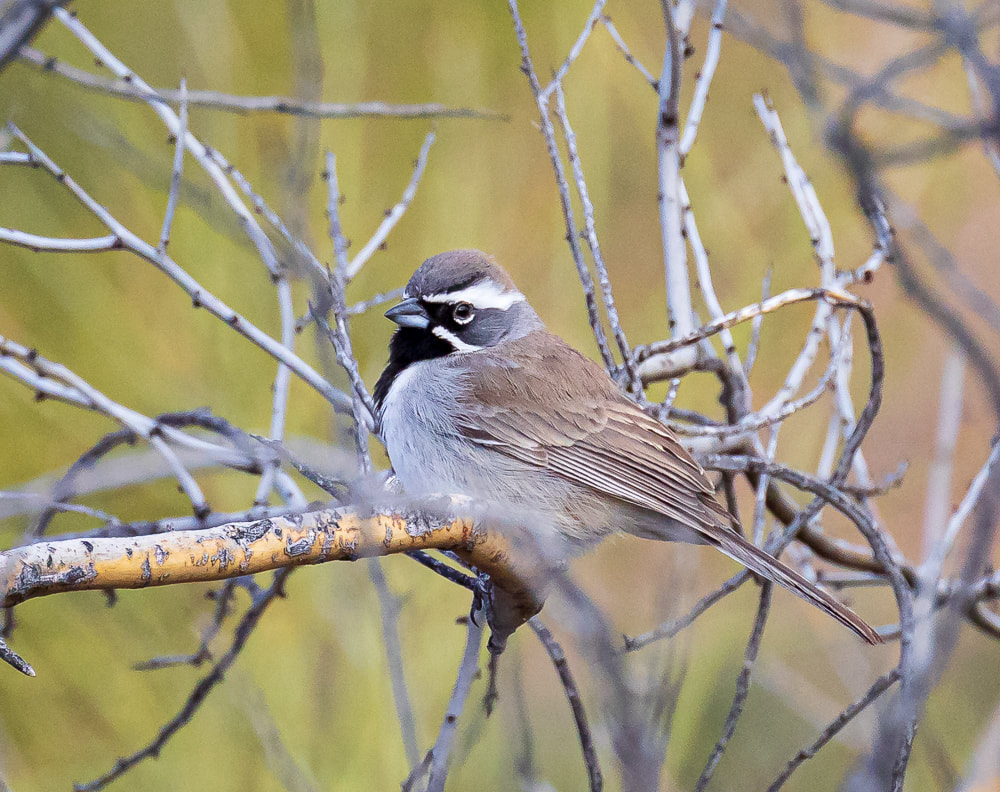
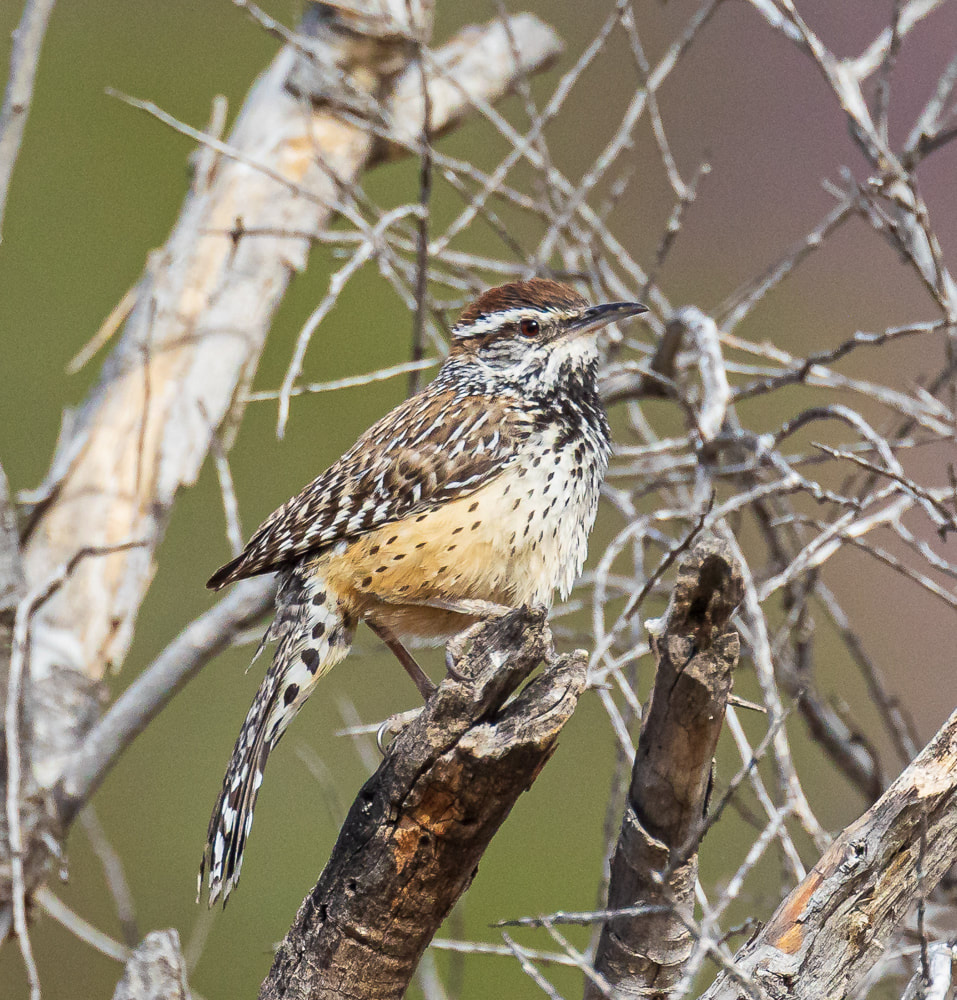
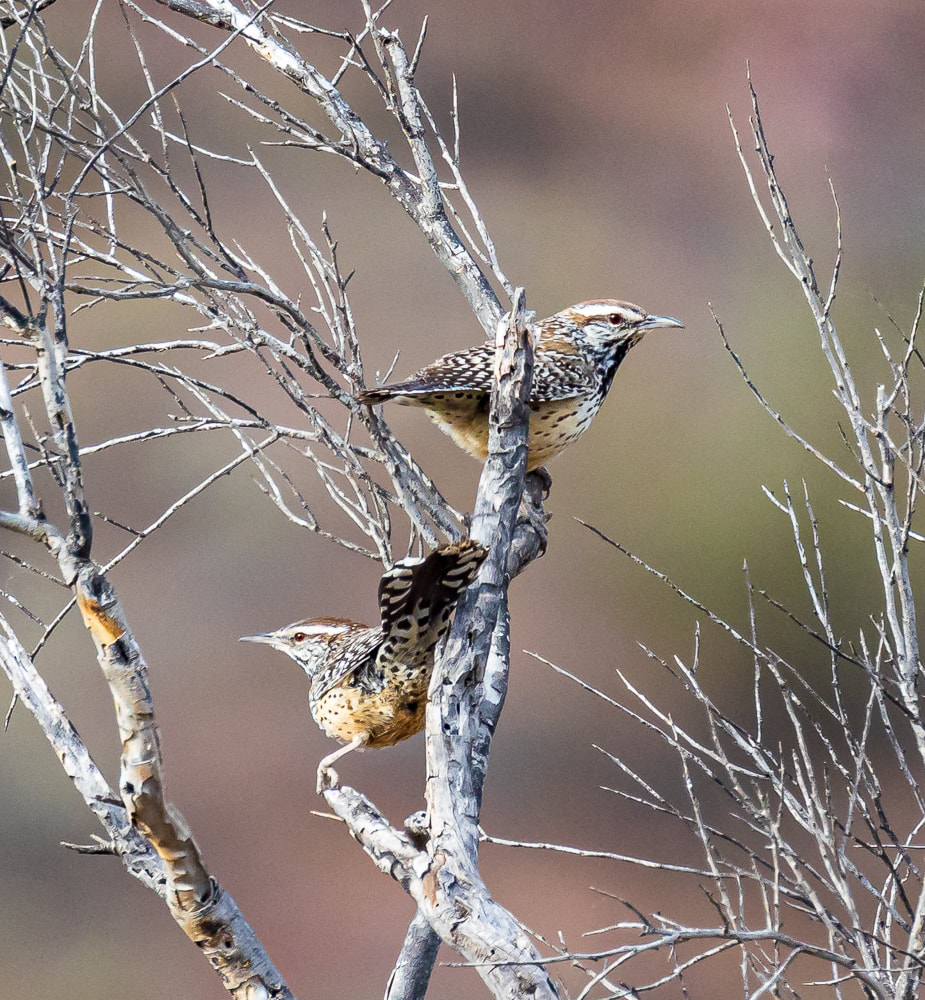
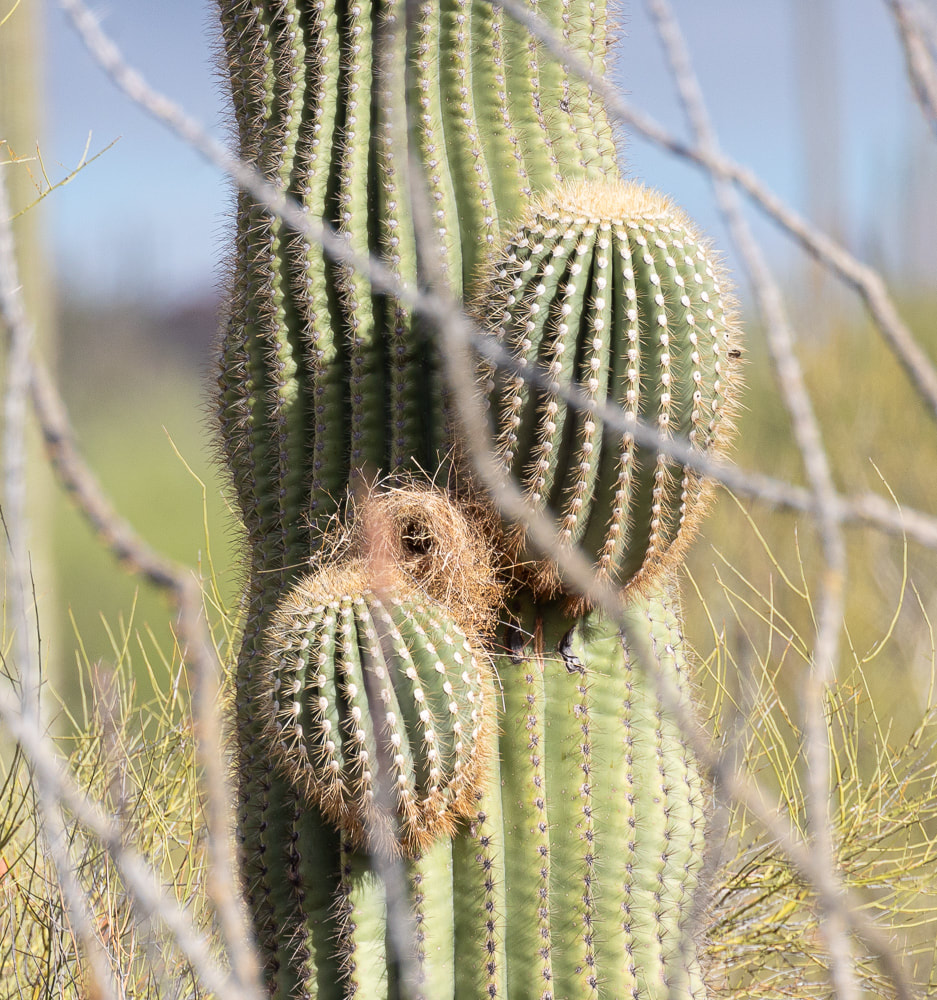
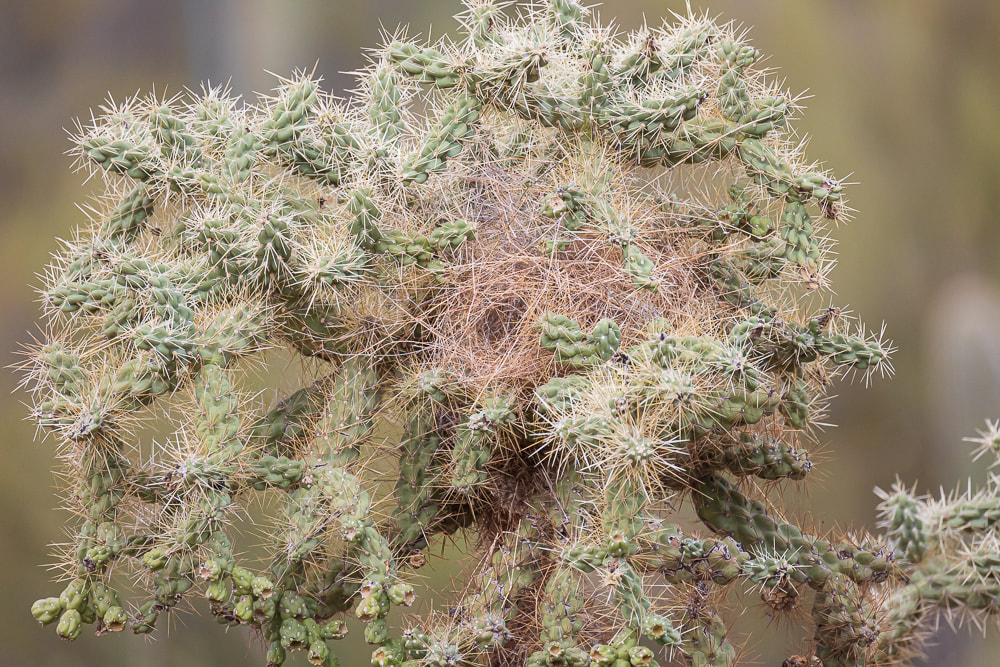
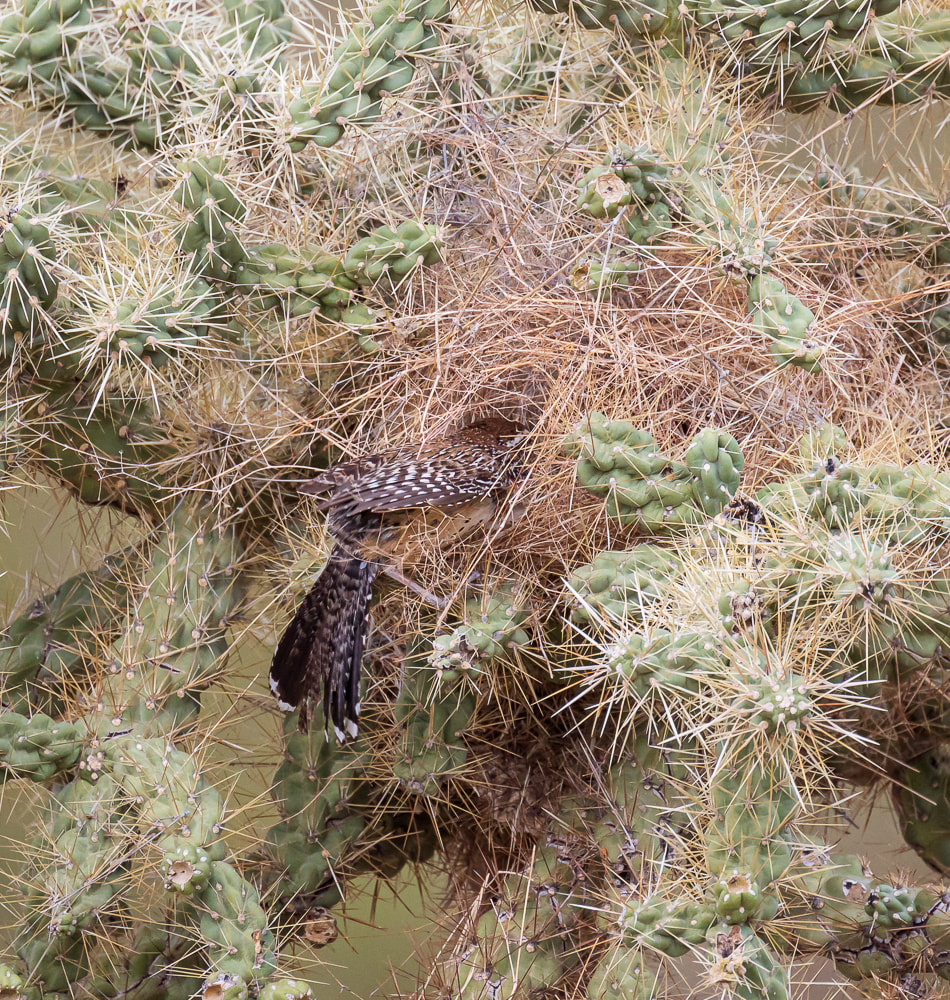
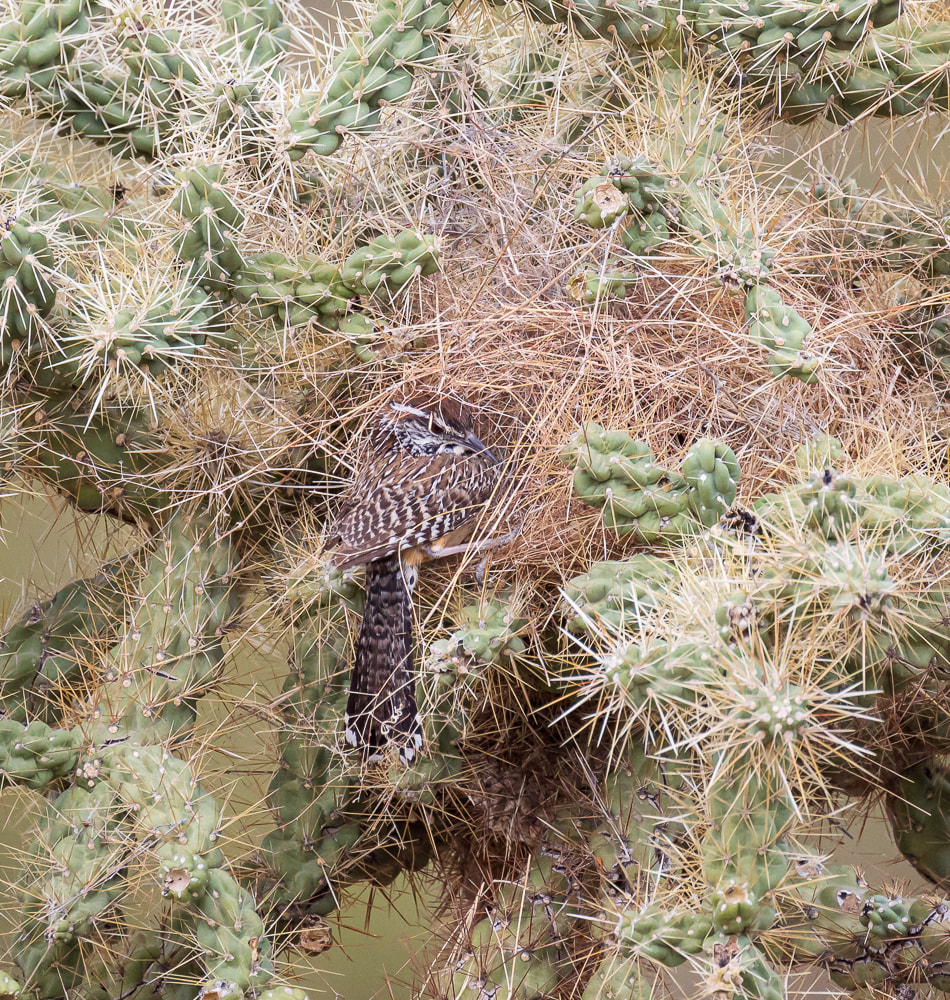
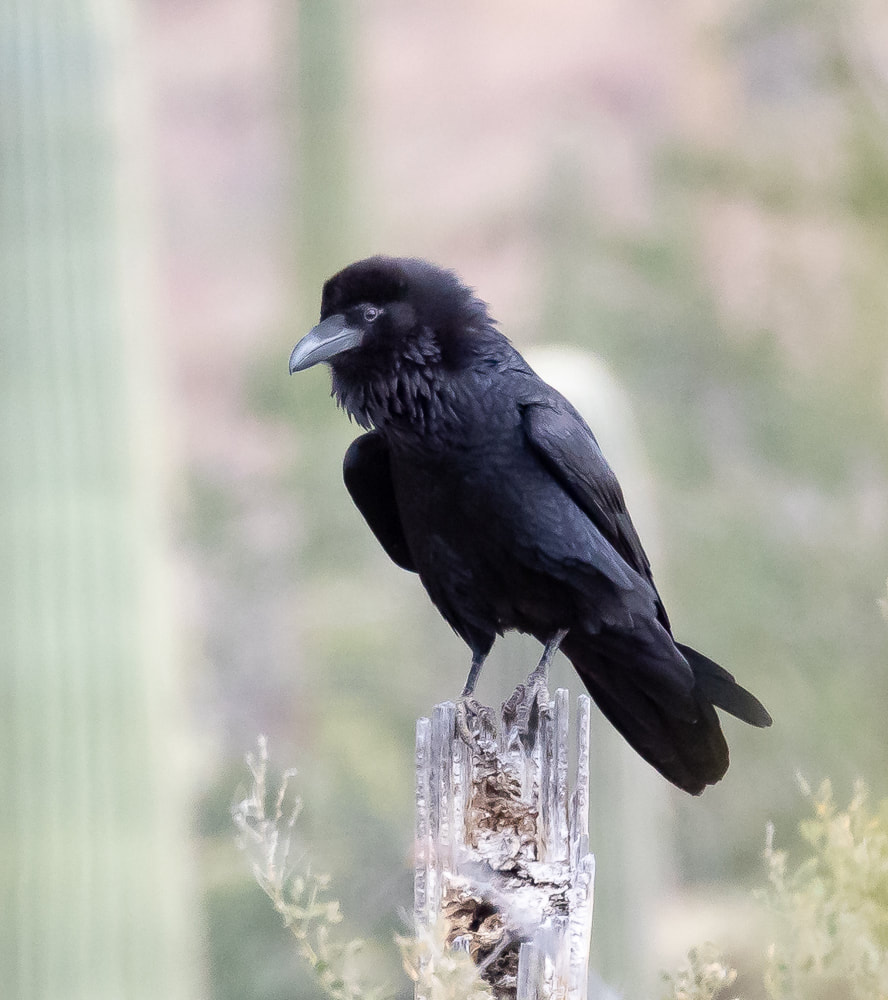
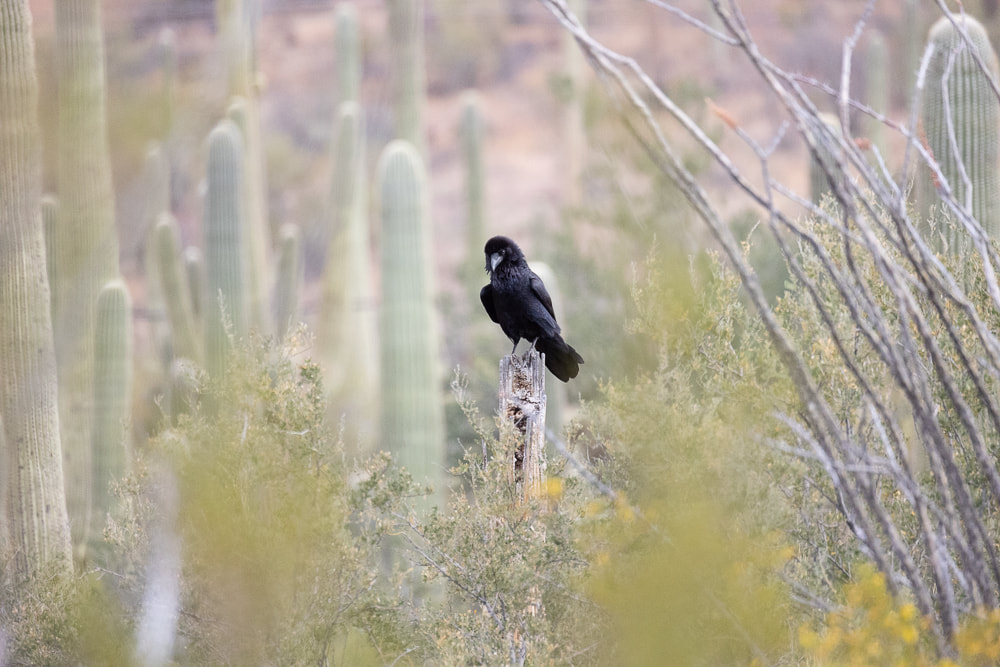
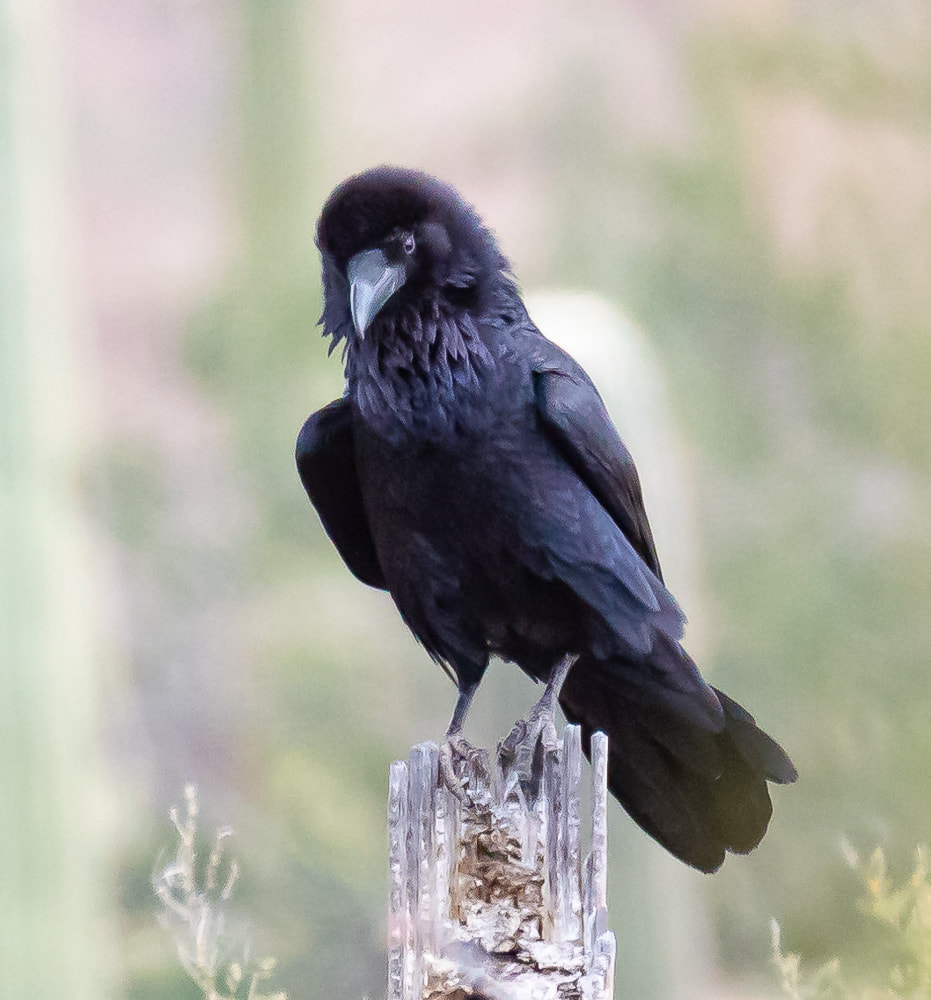
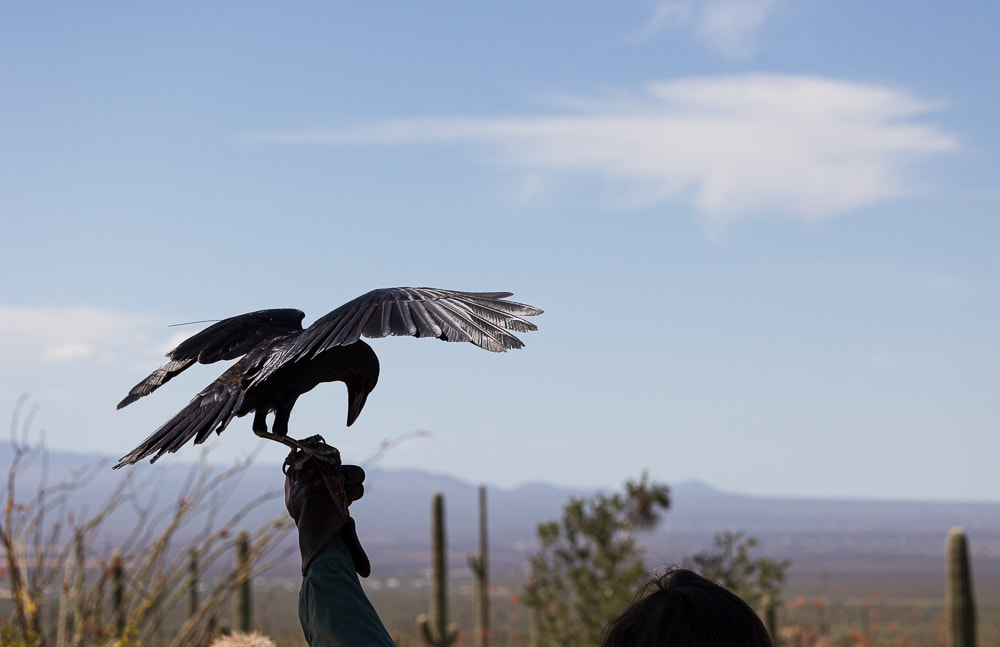
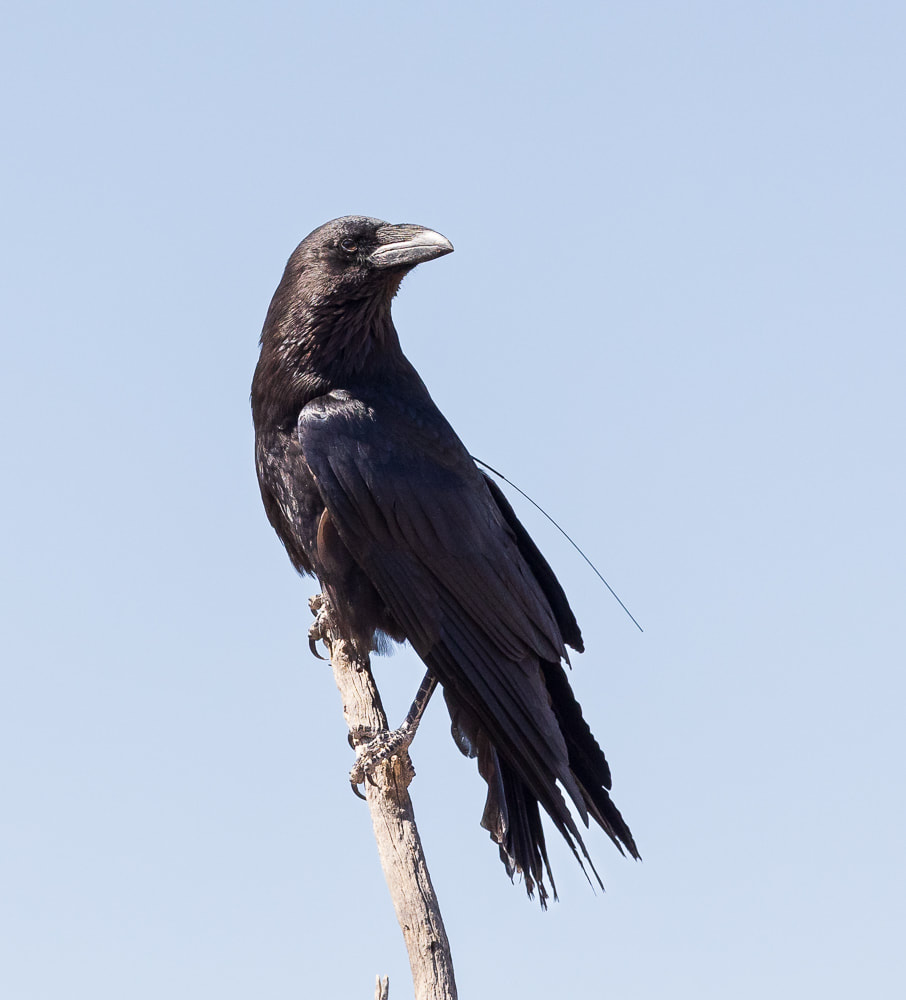
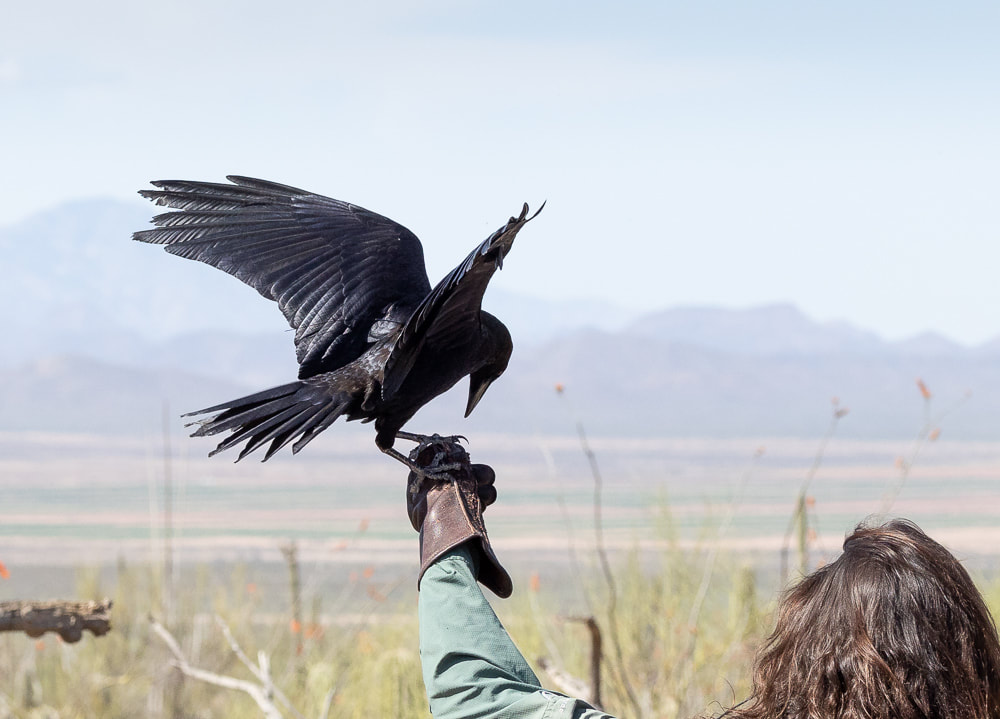
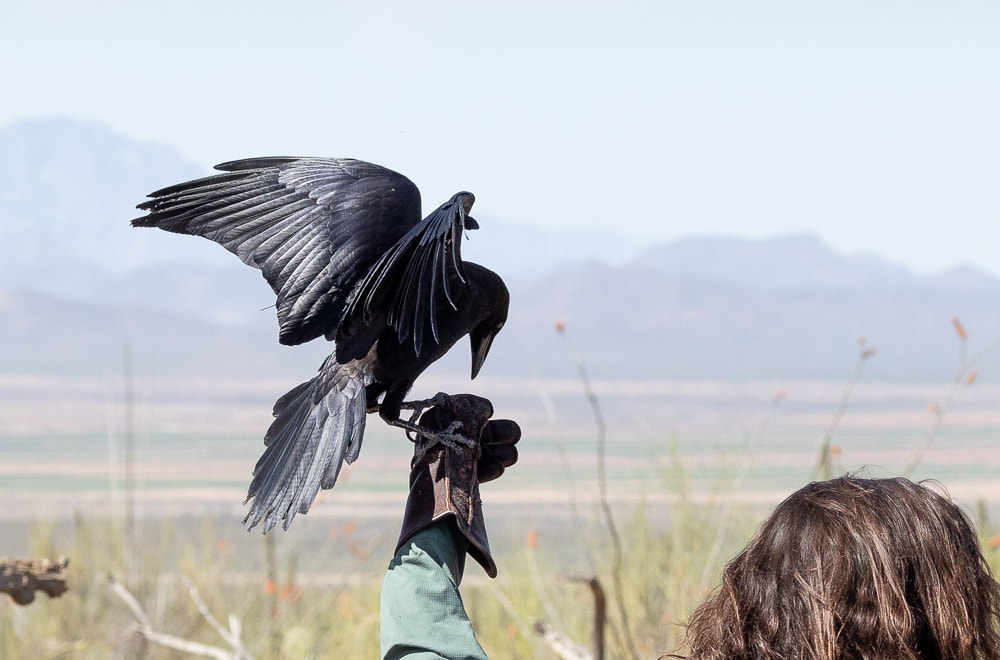
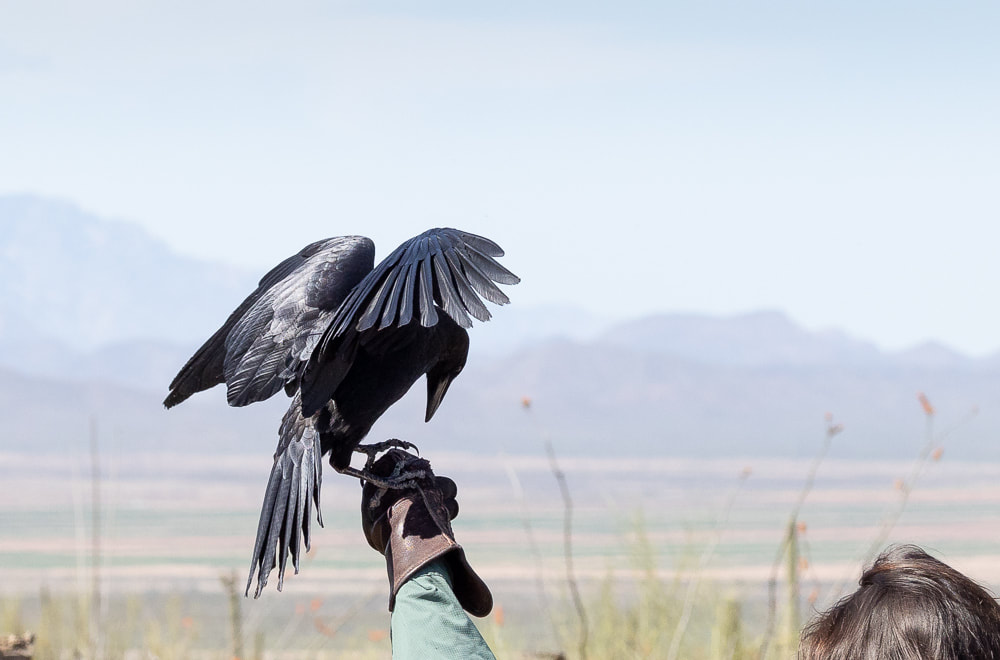
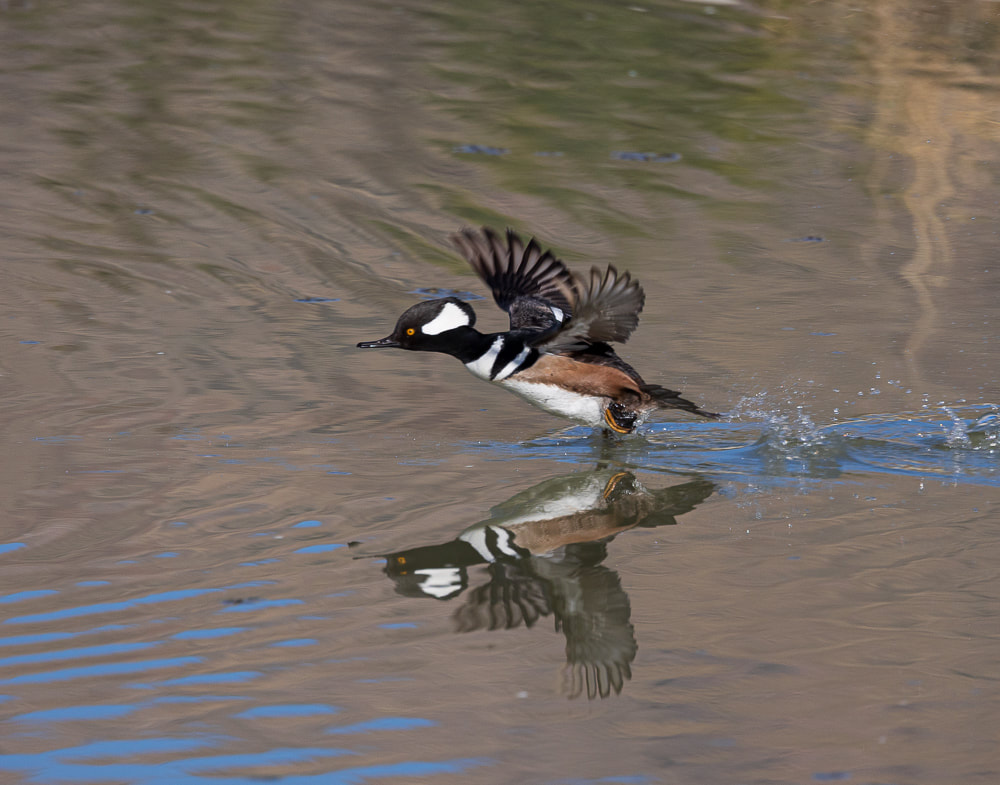
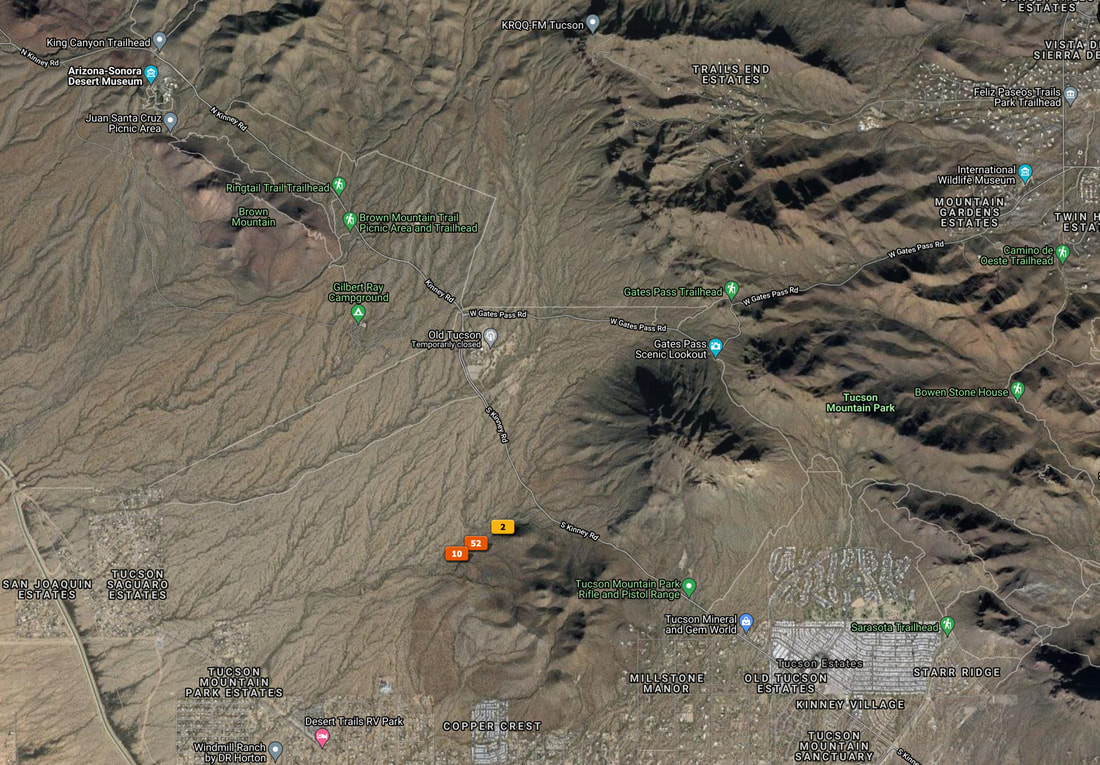
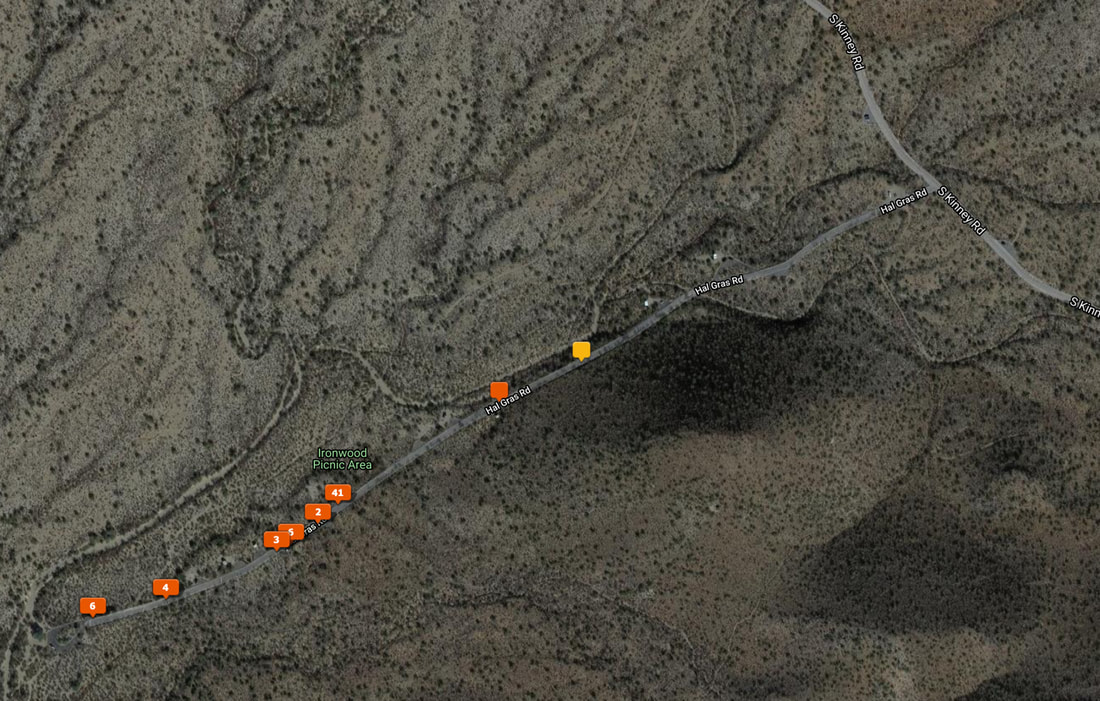
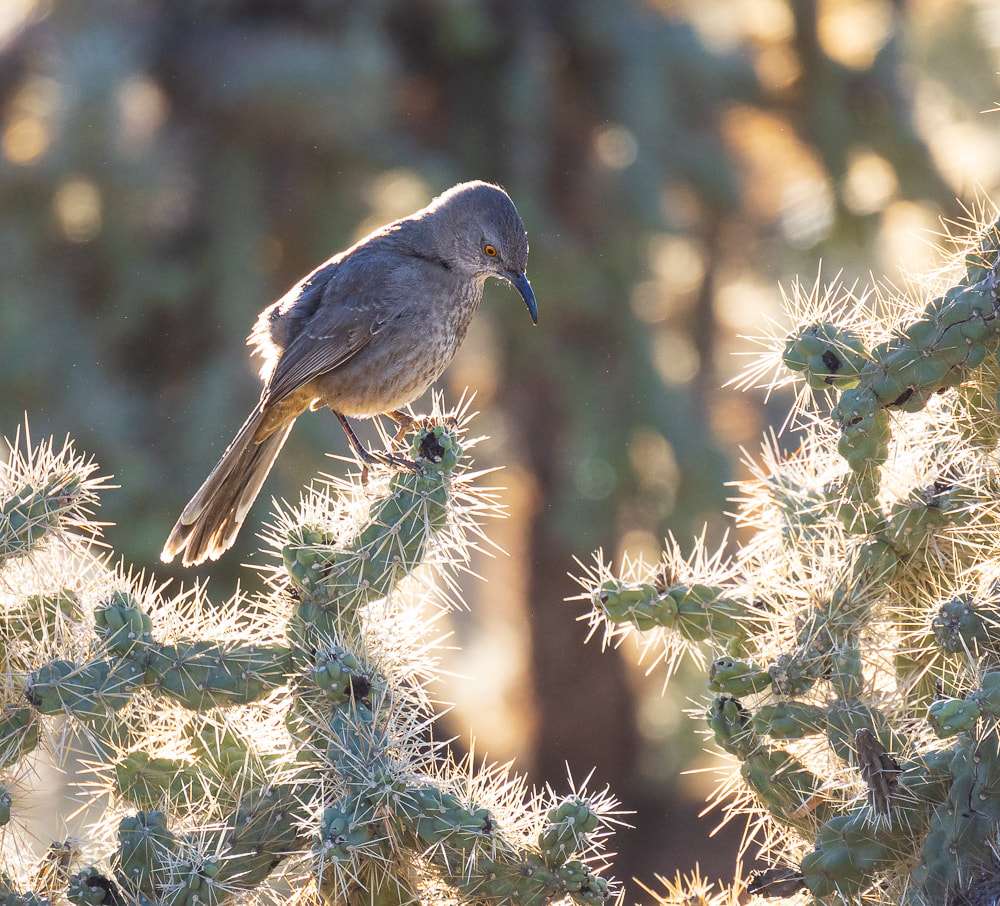
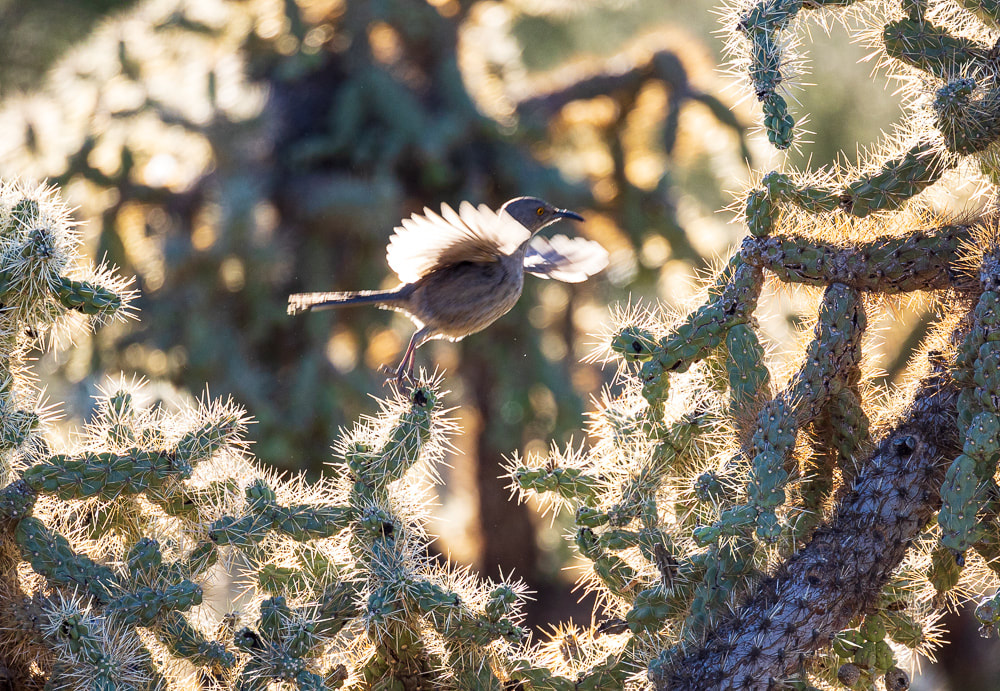
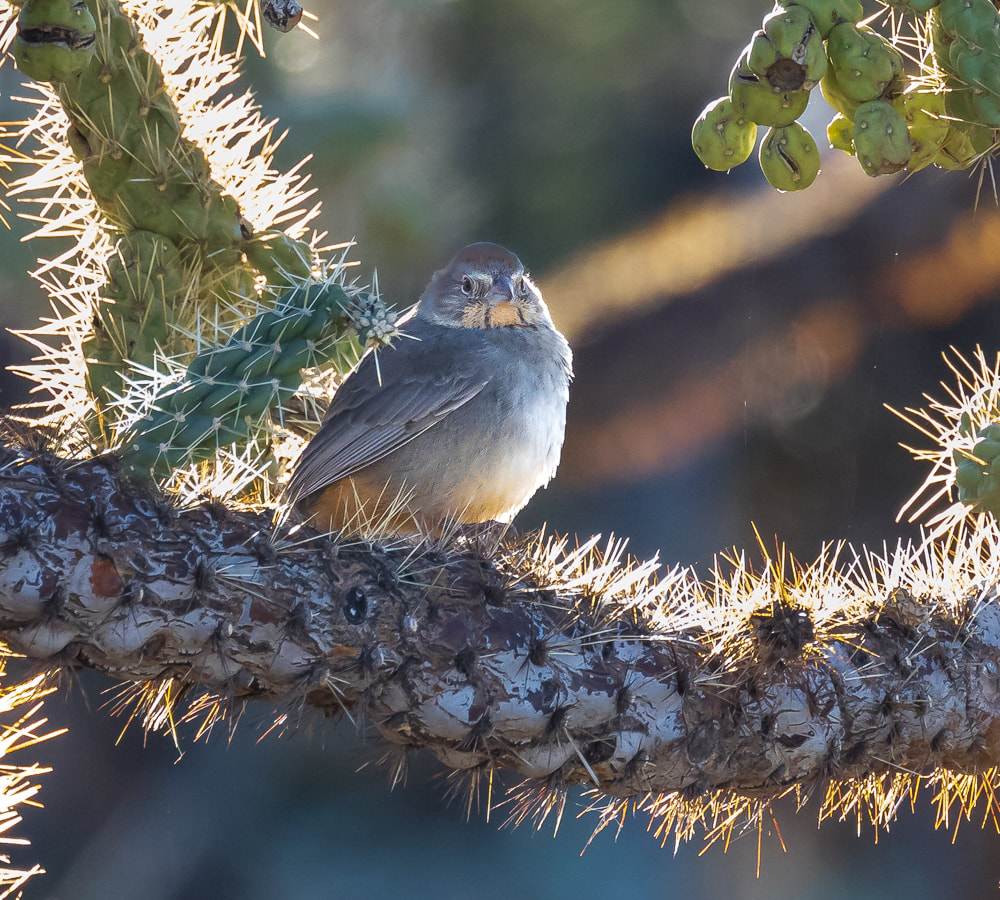
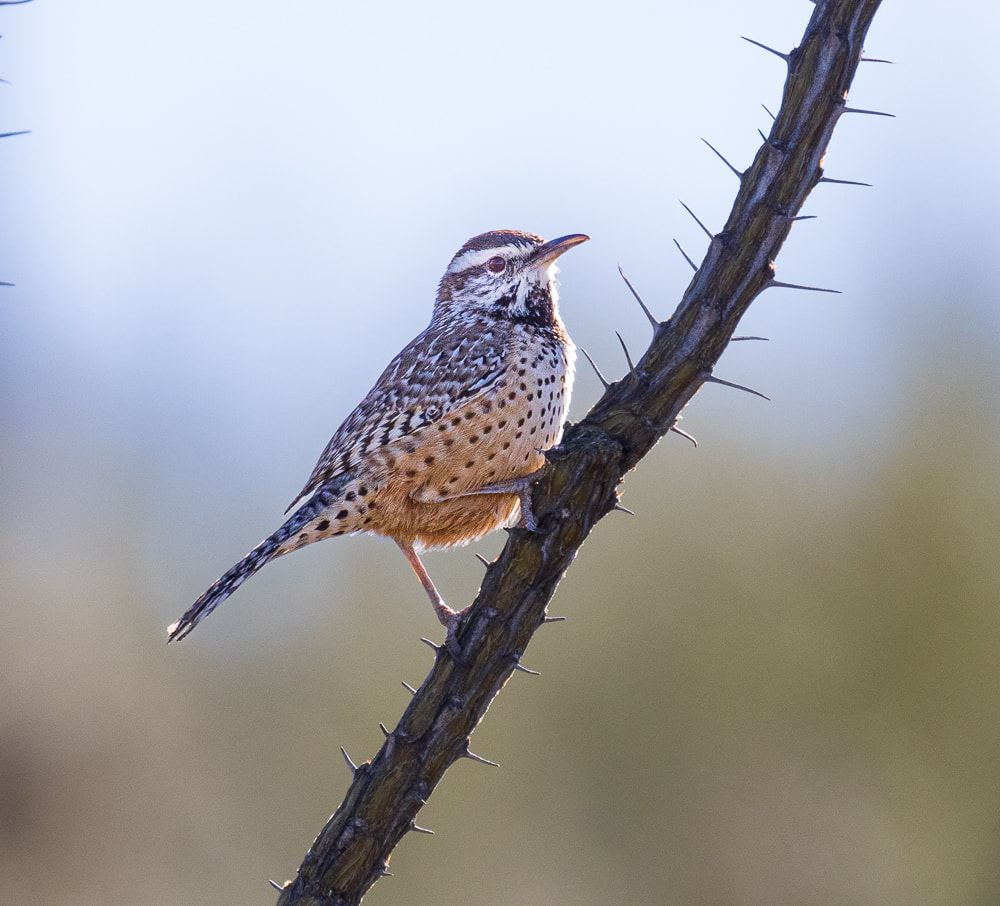
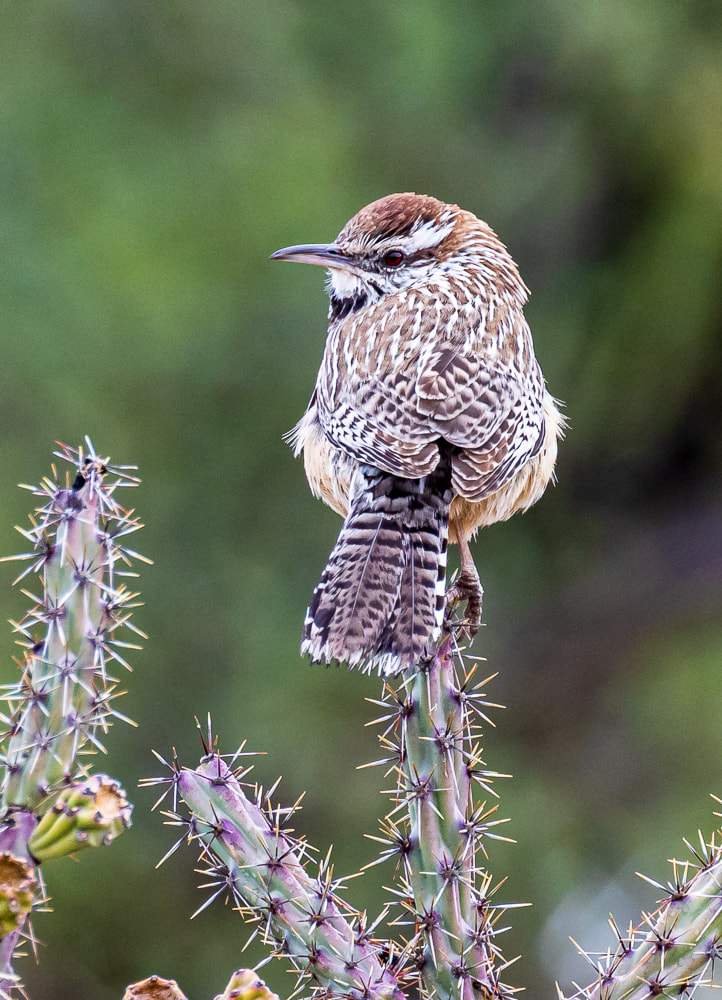
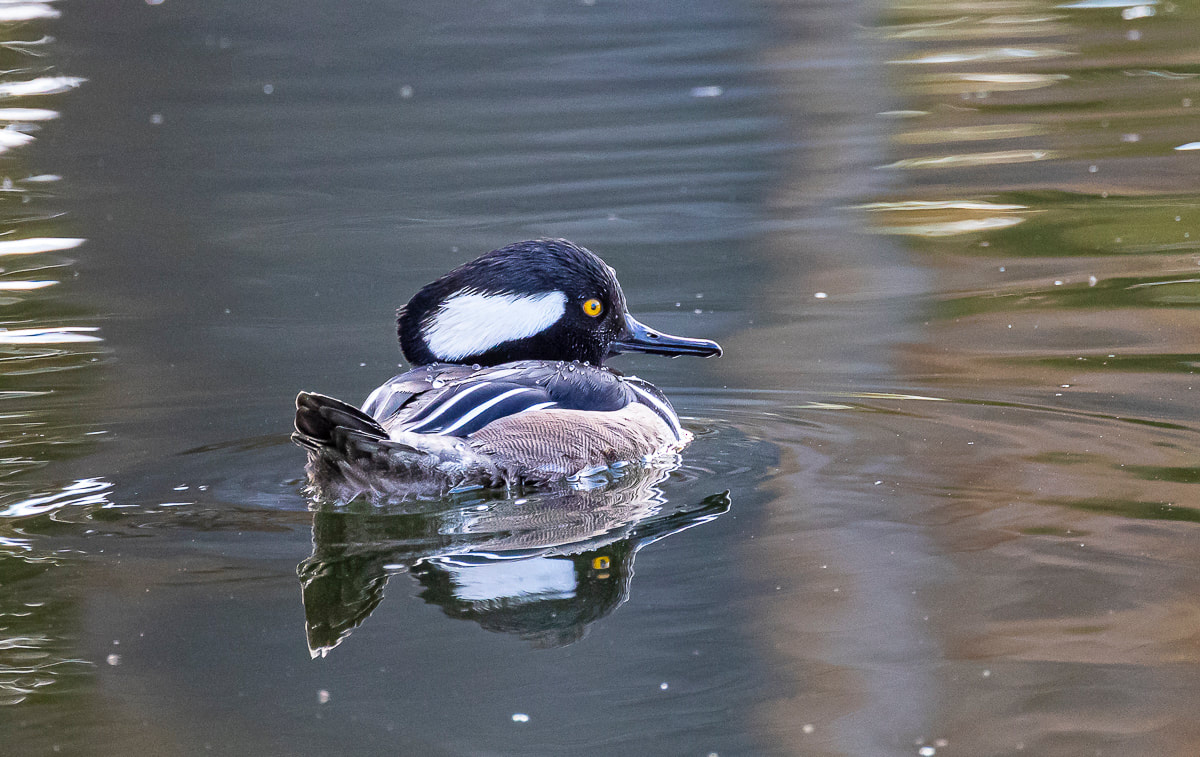
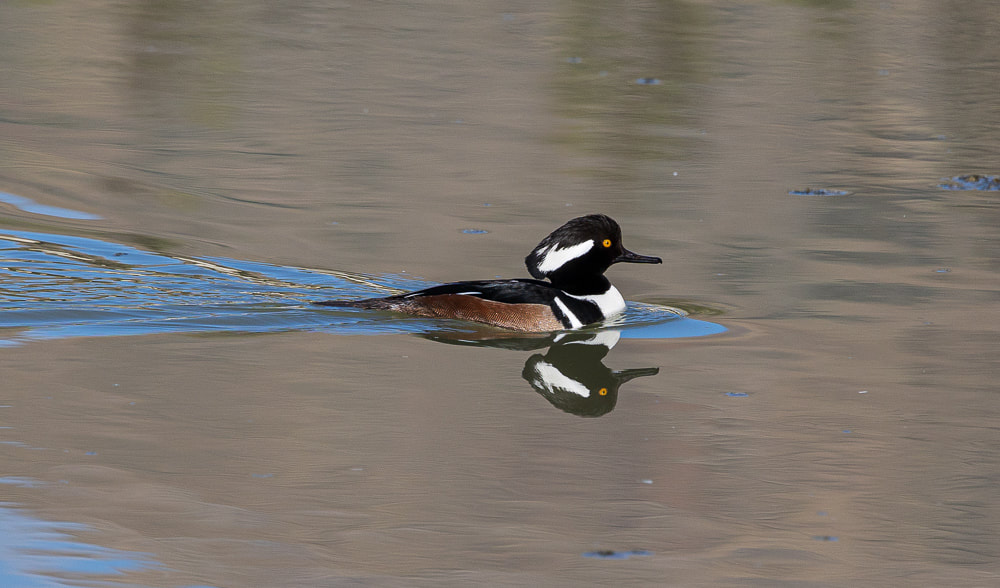
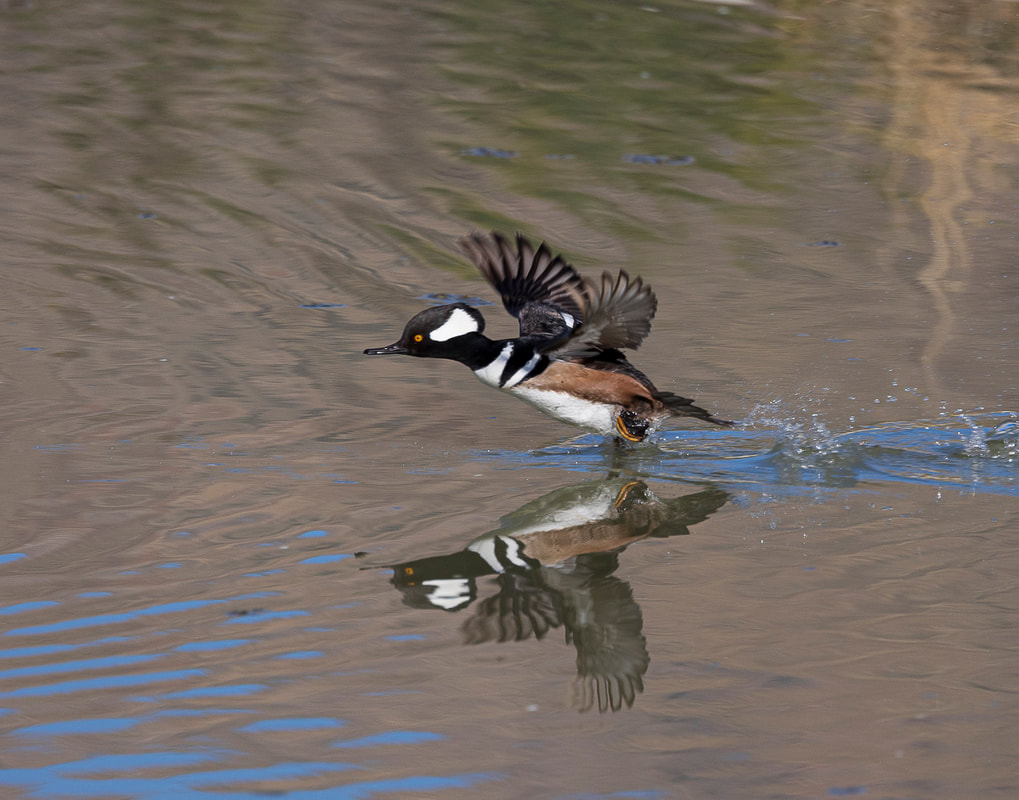
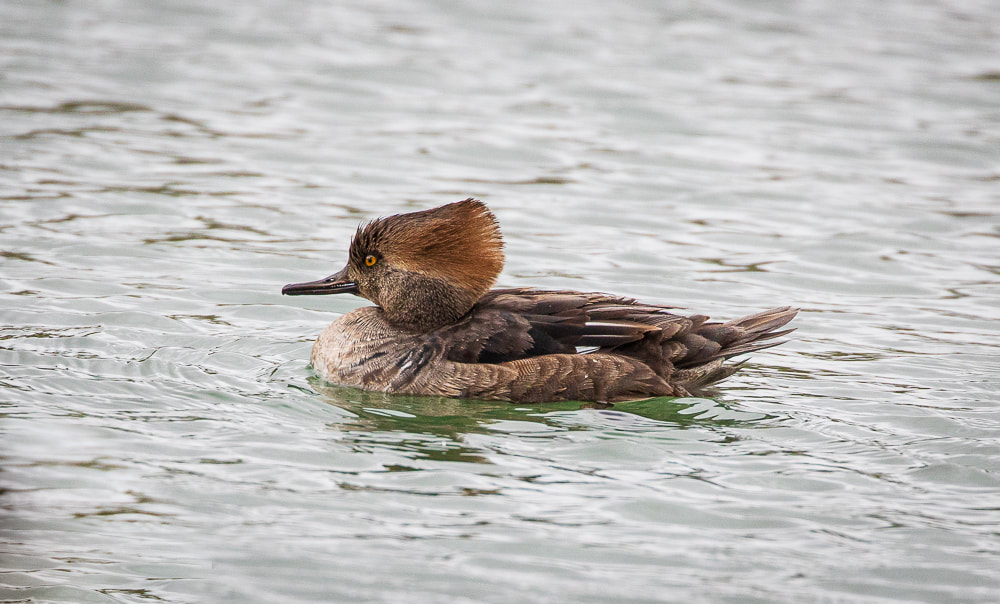
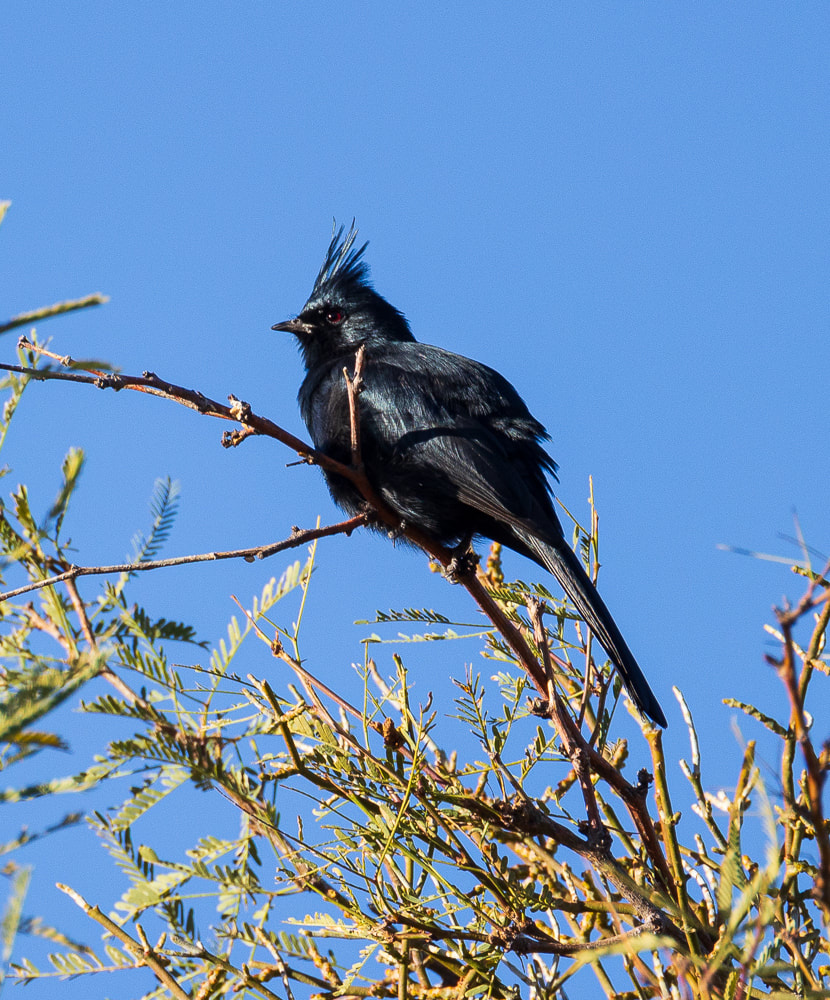
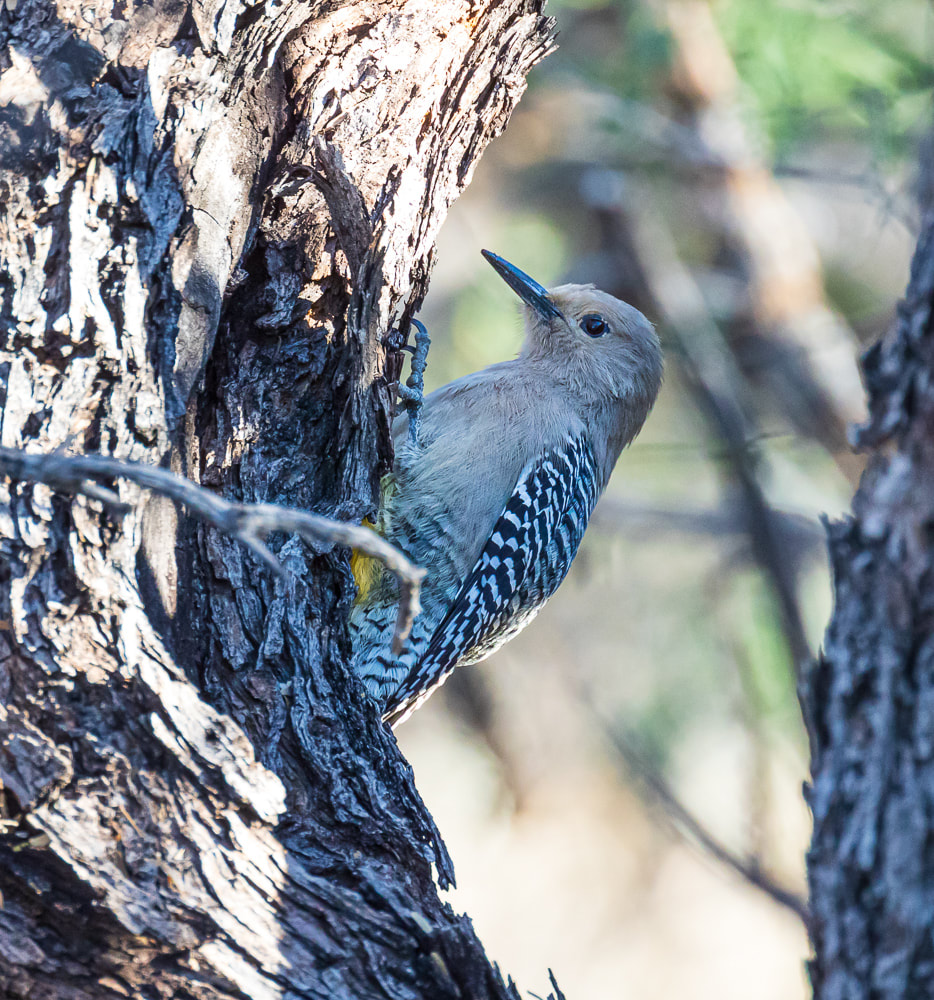
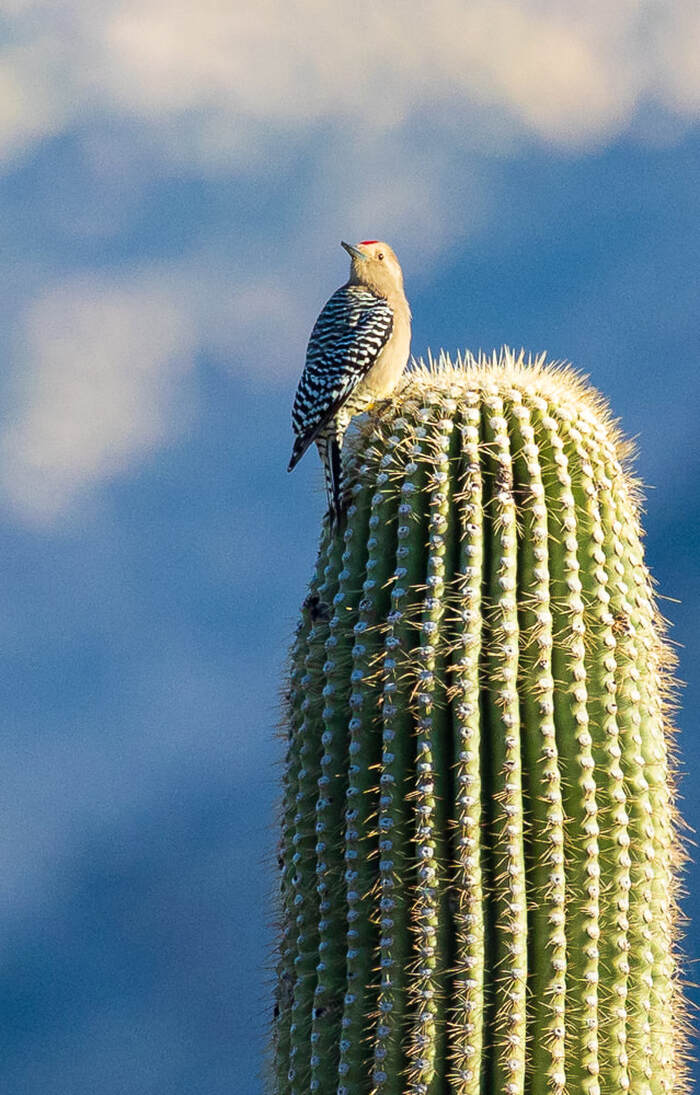
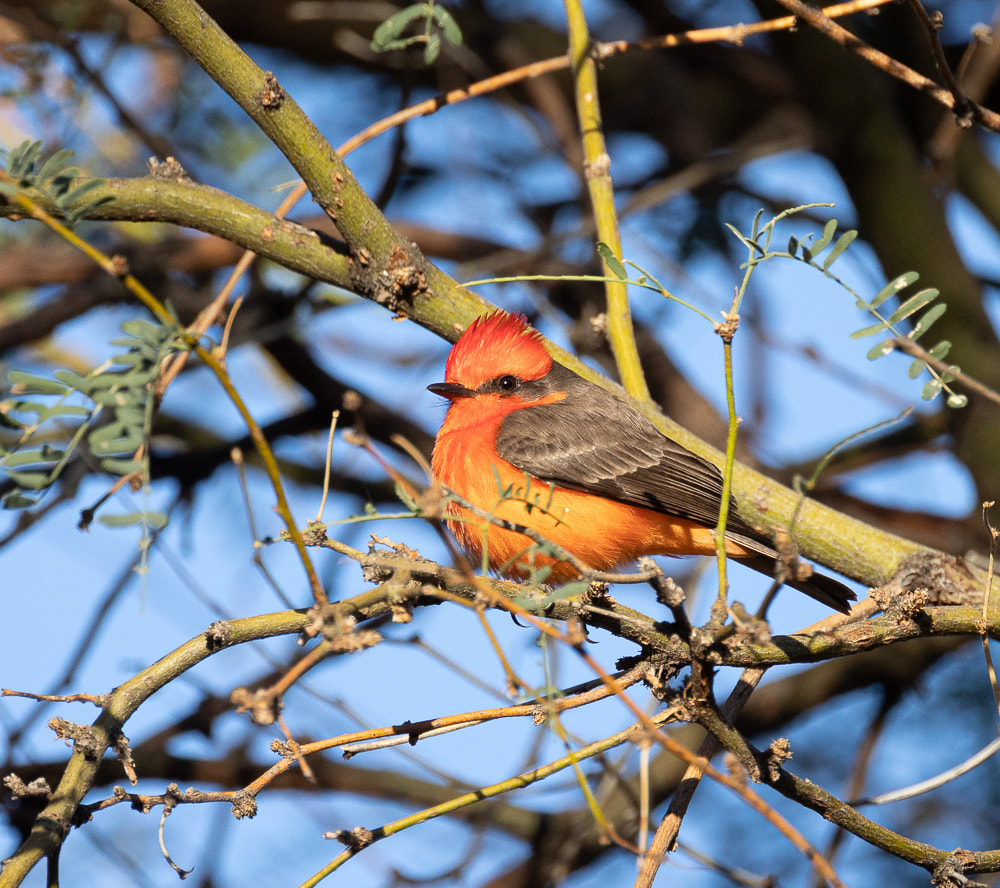
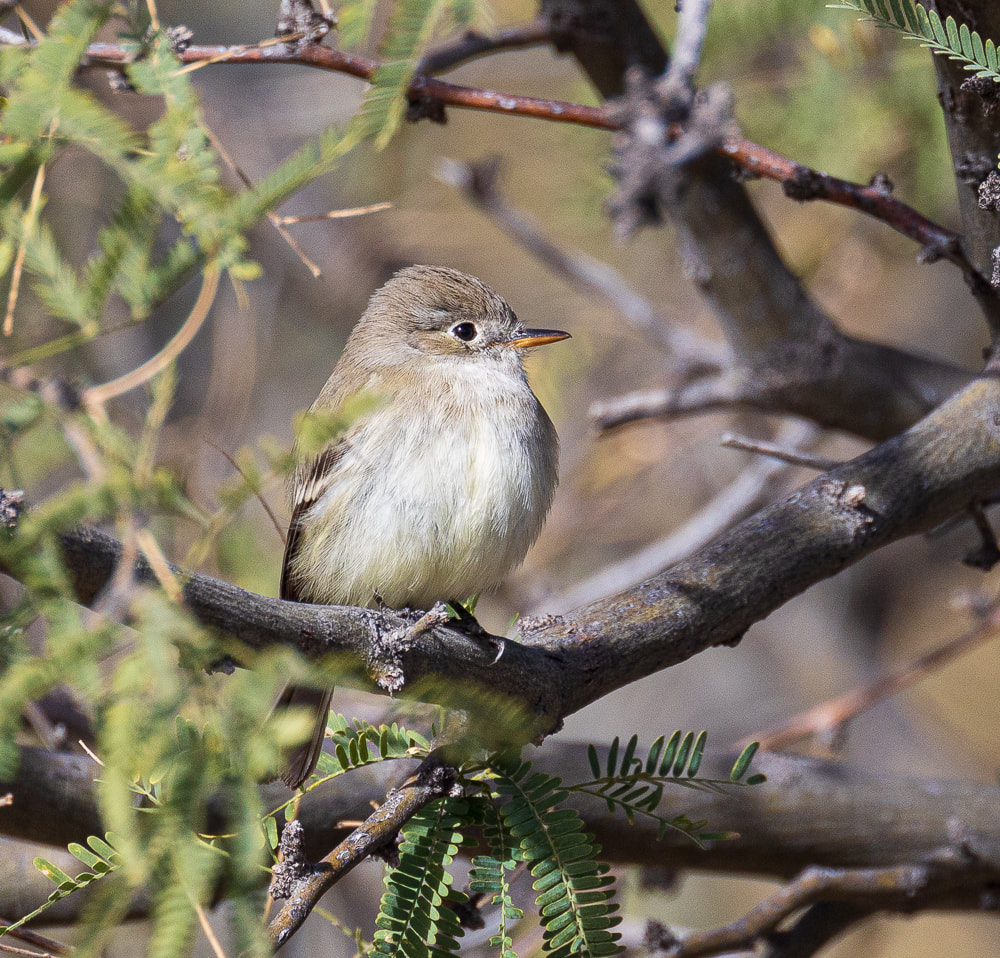
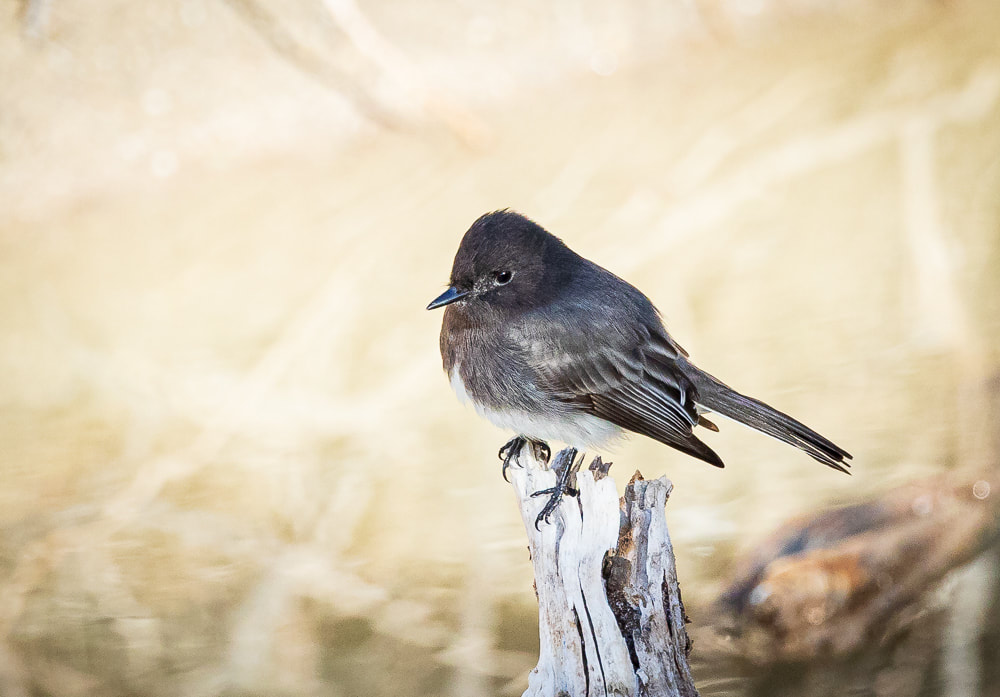
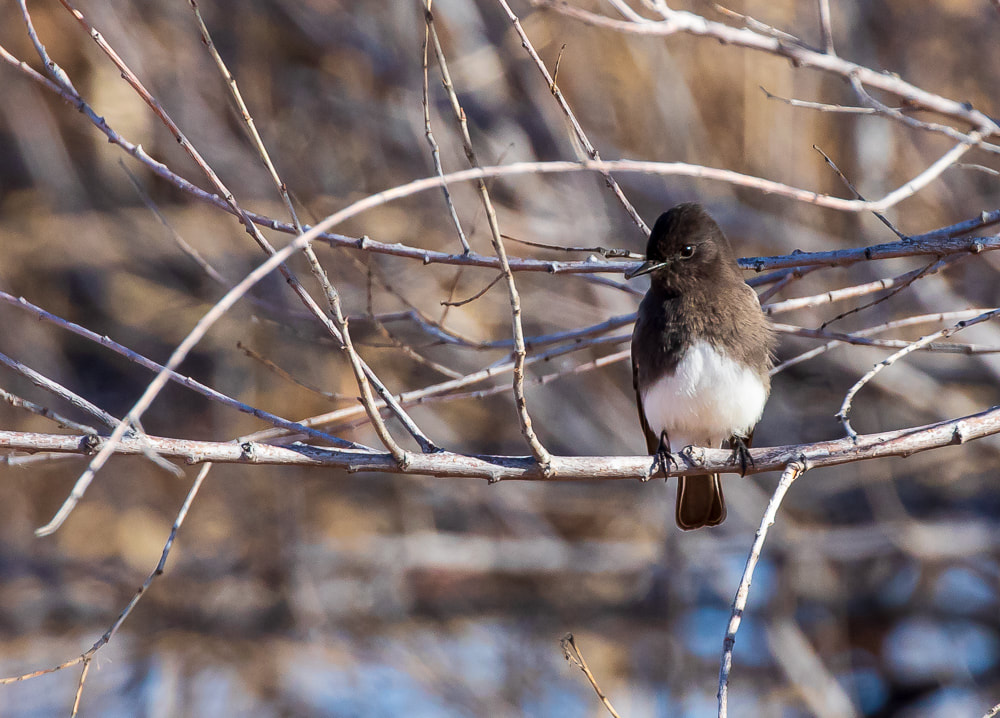
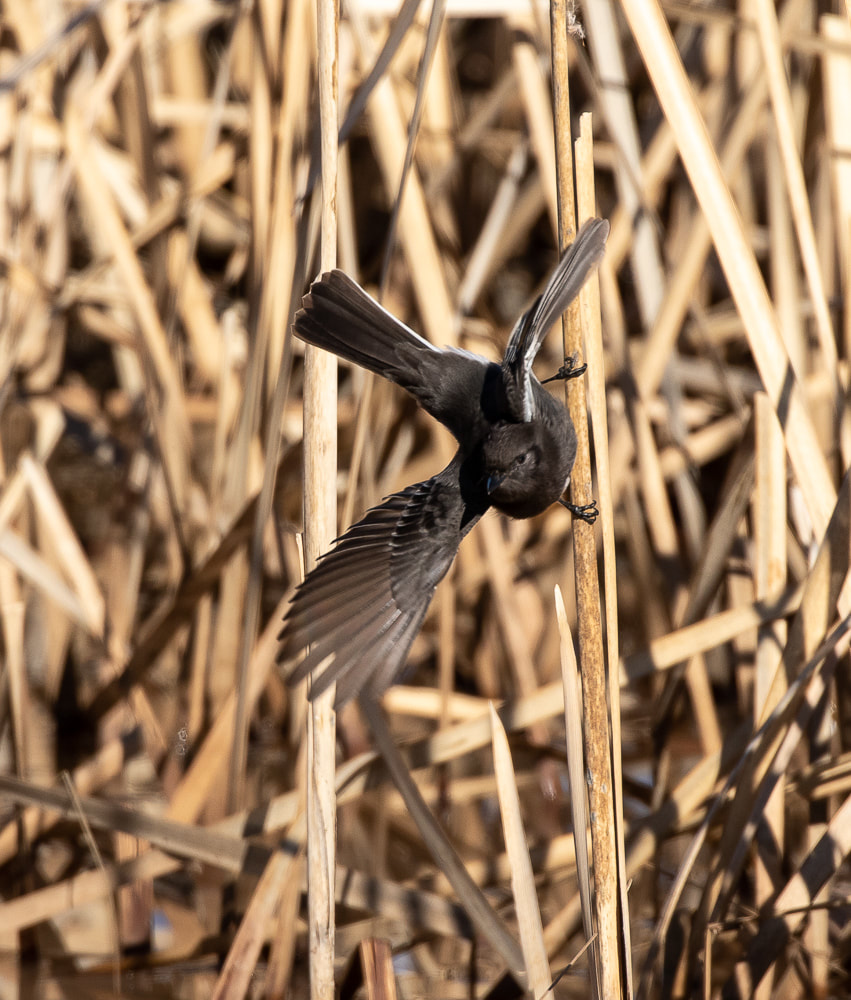
 RSS Feed
RSS Feed